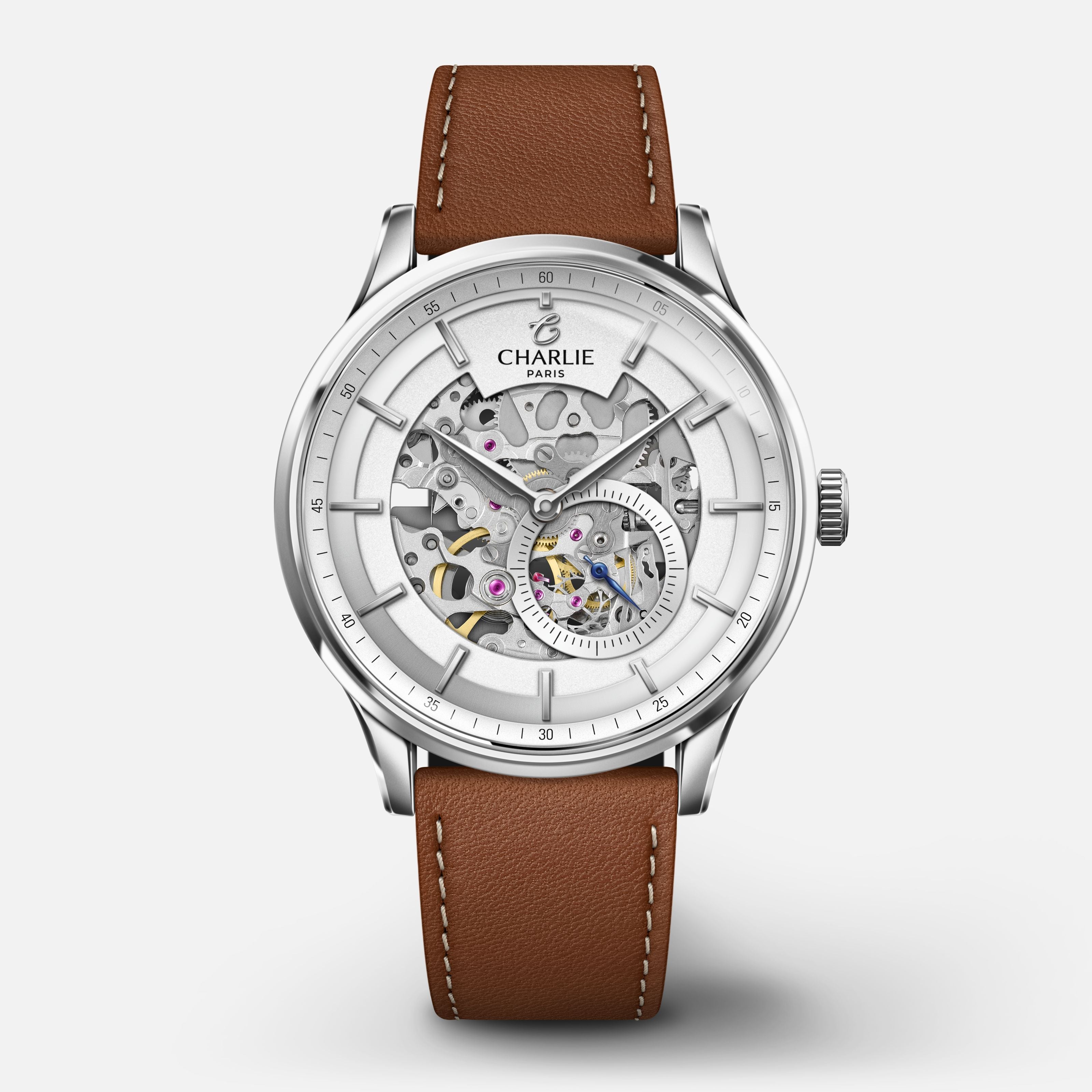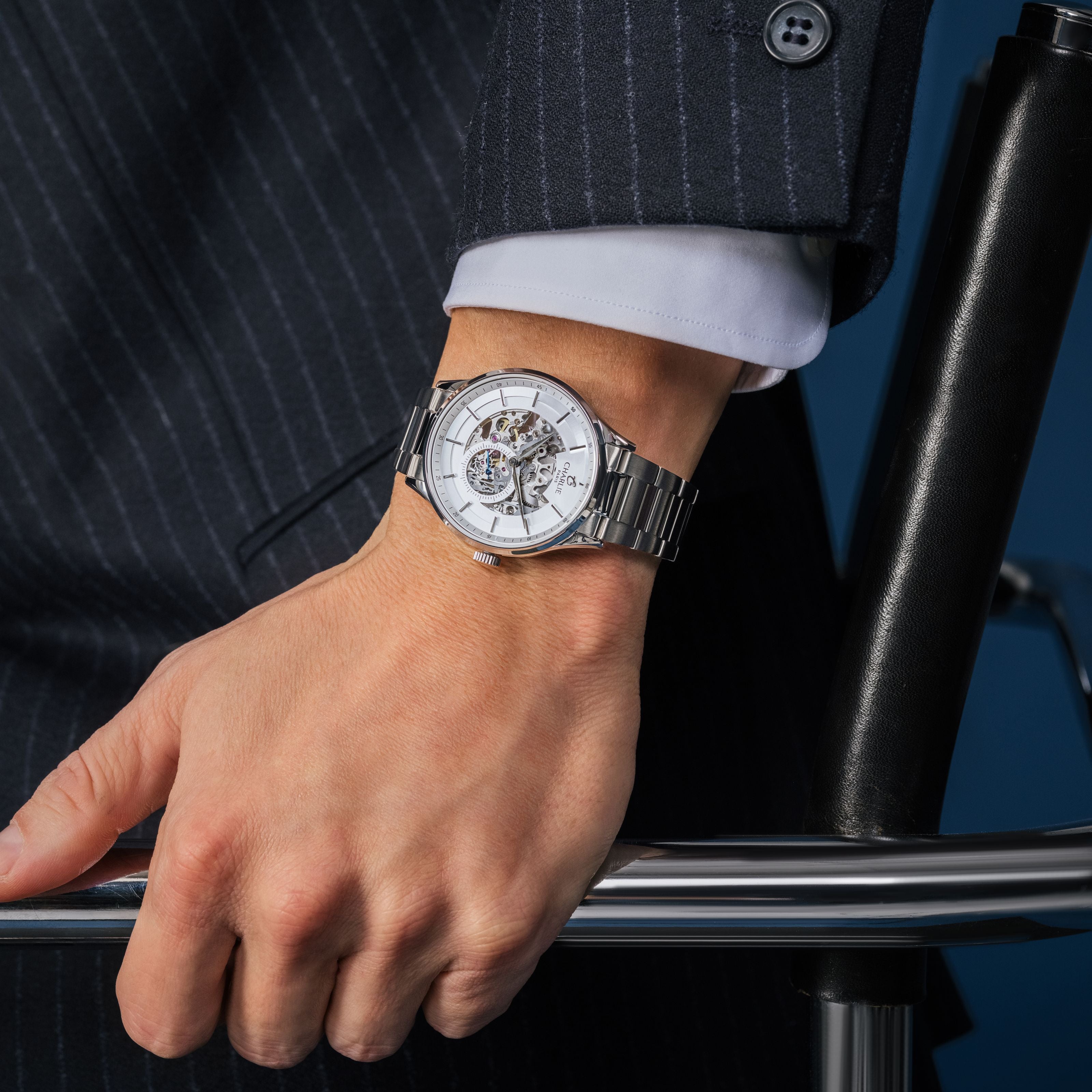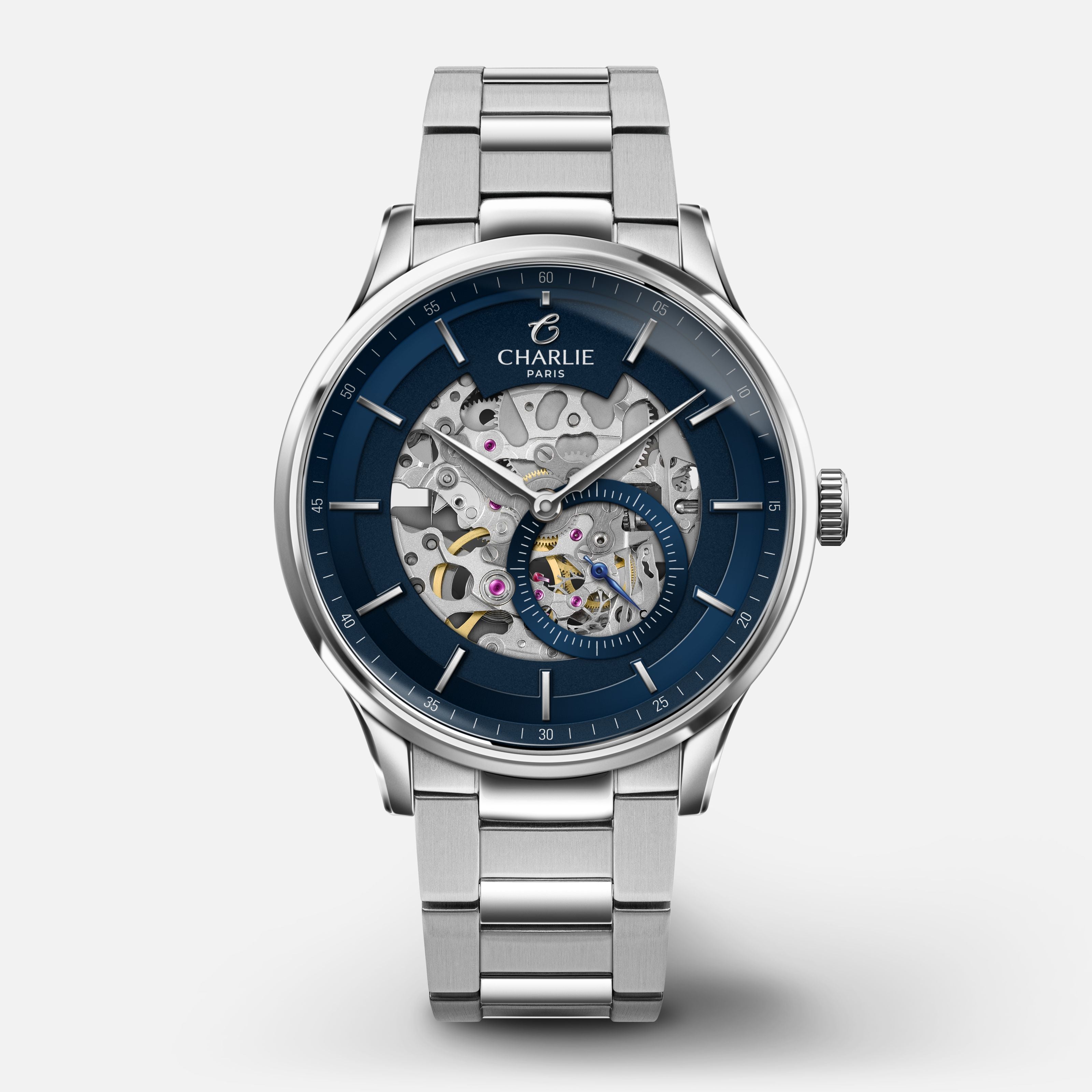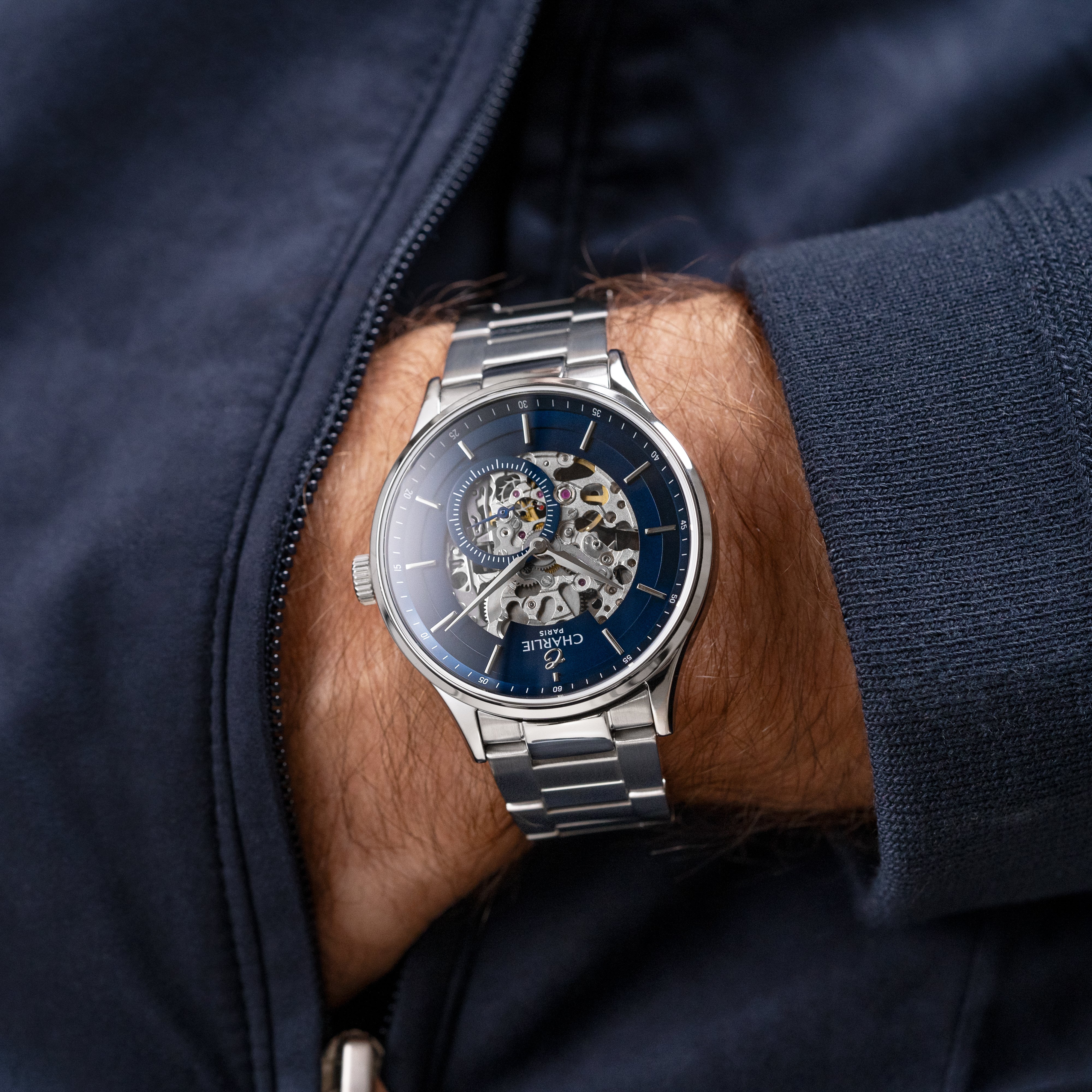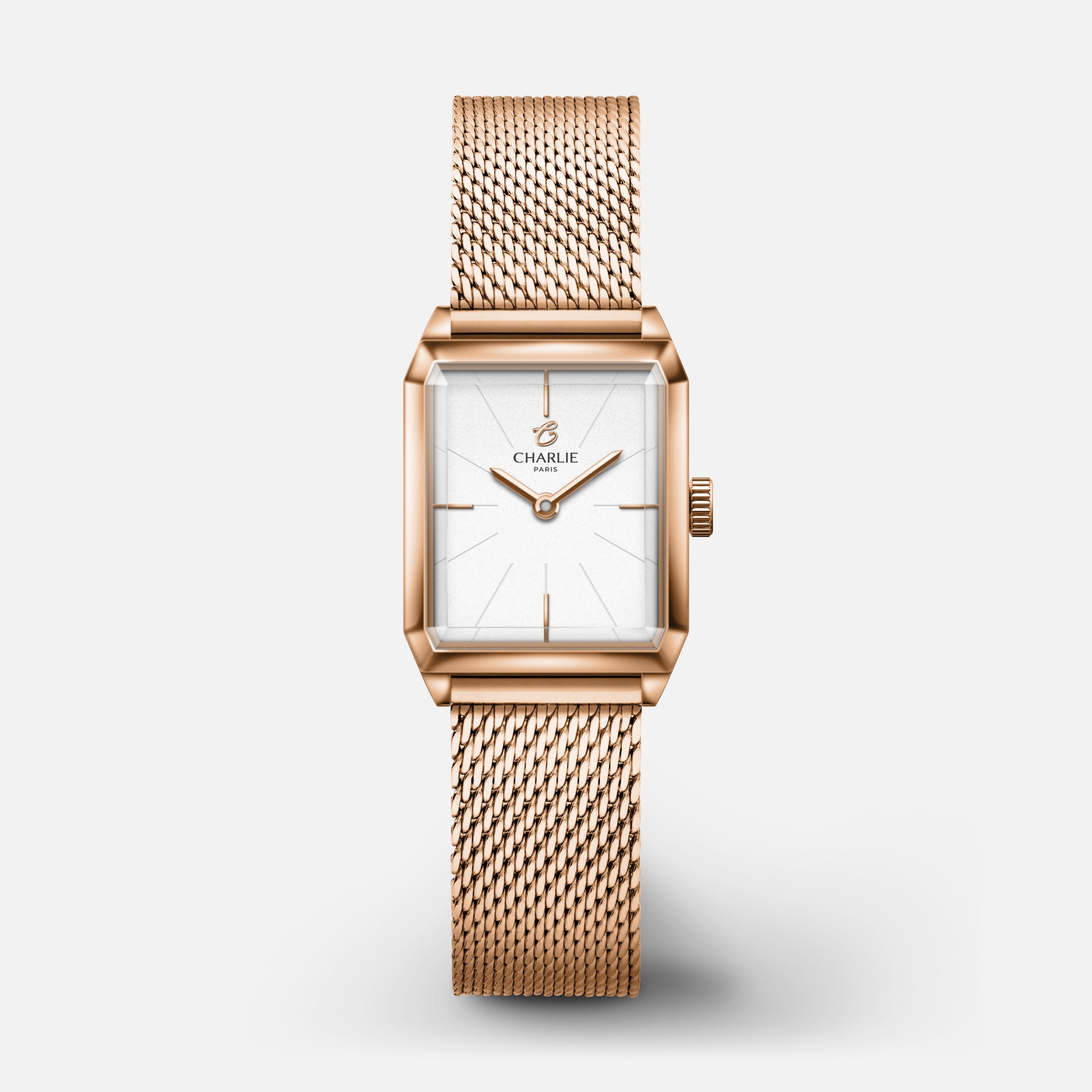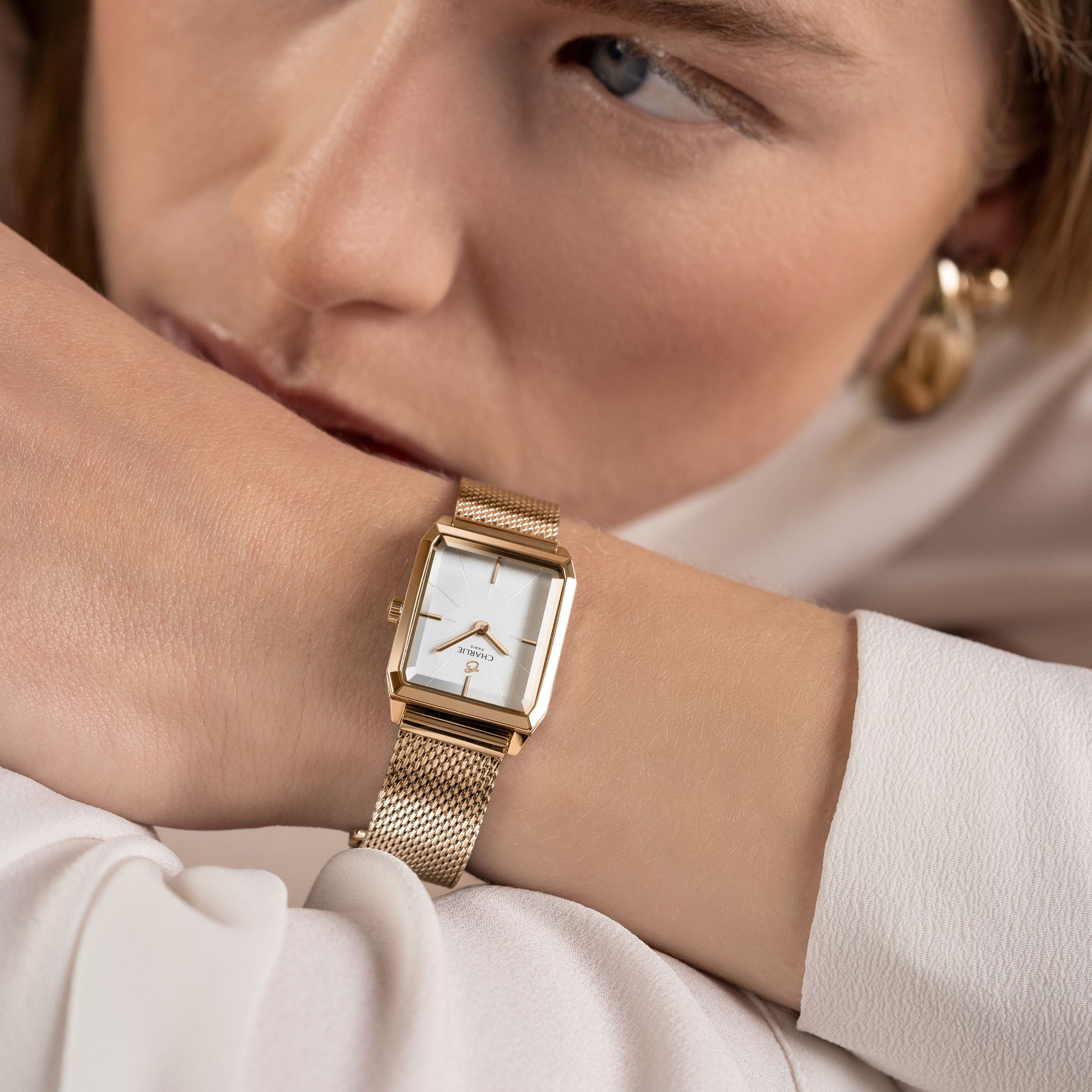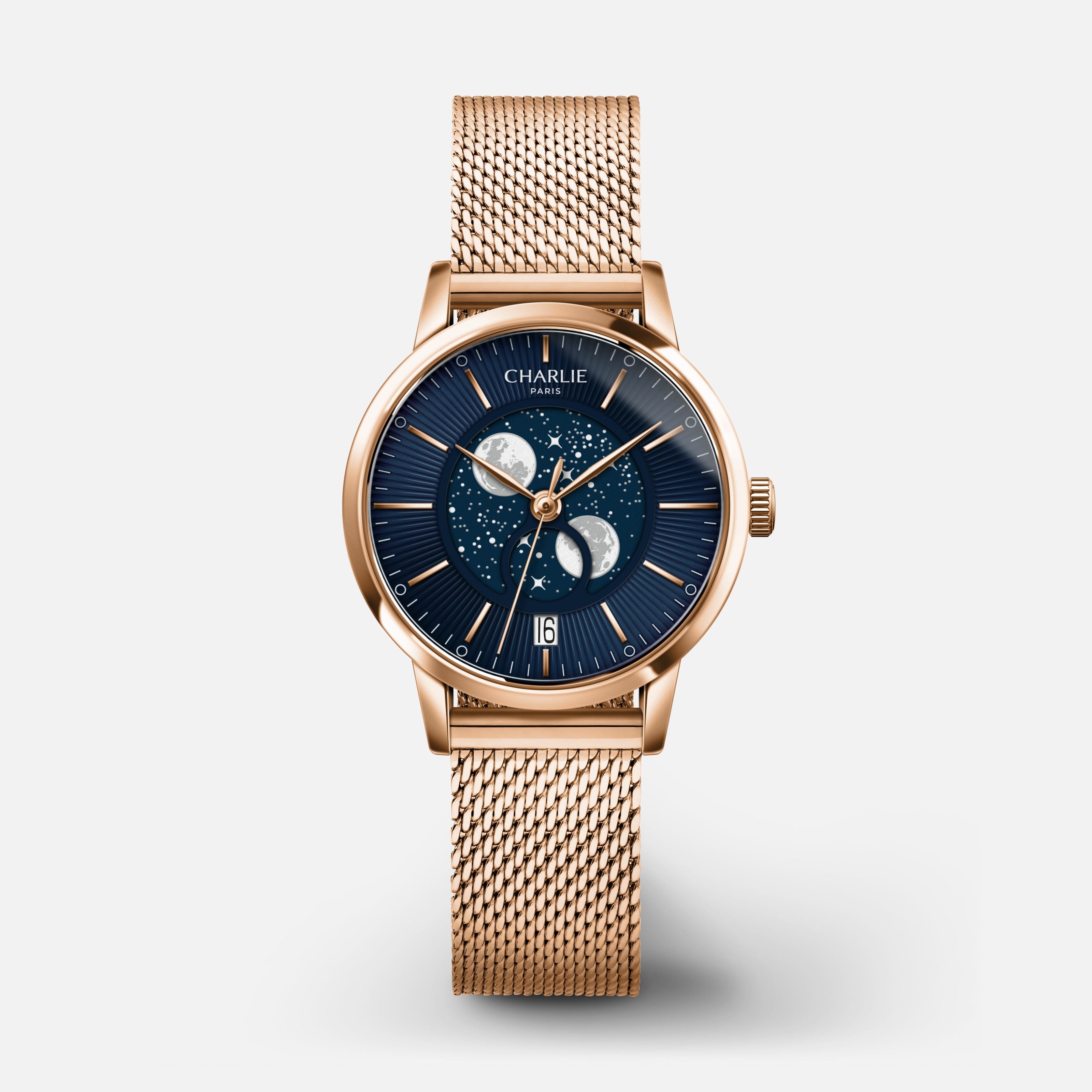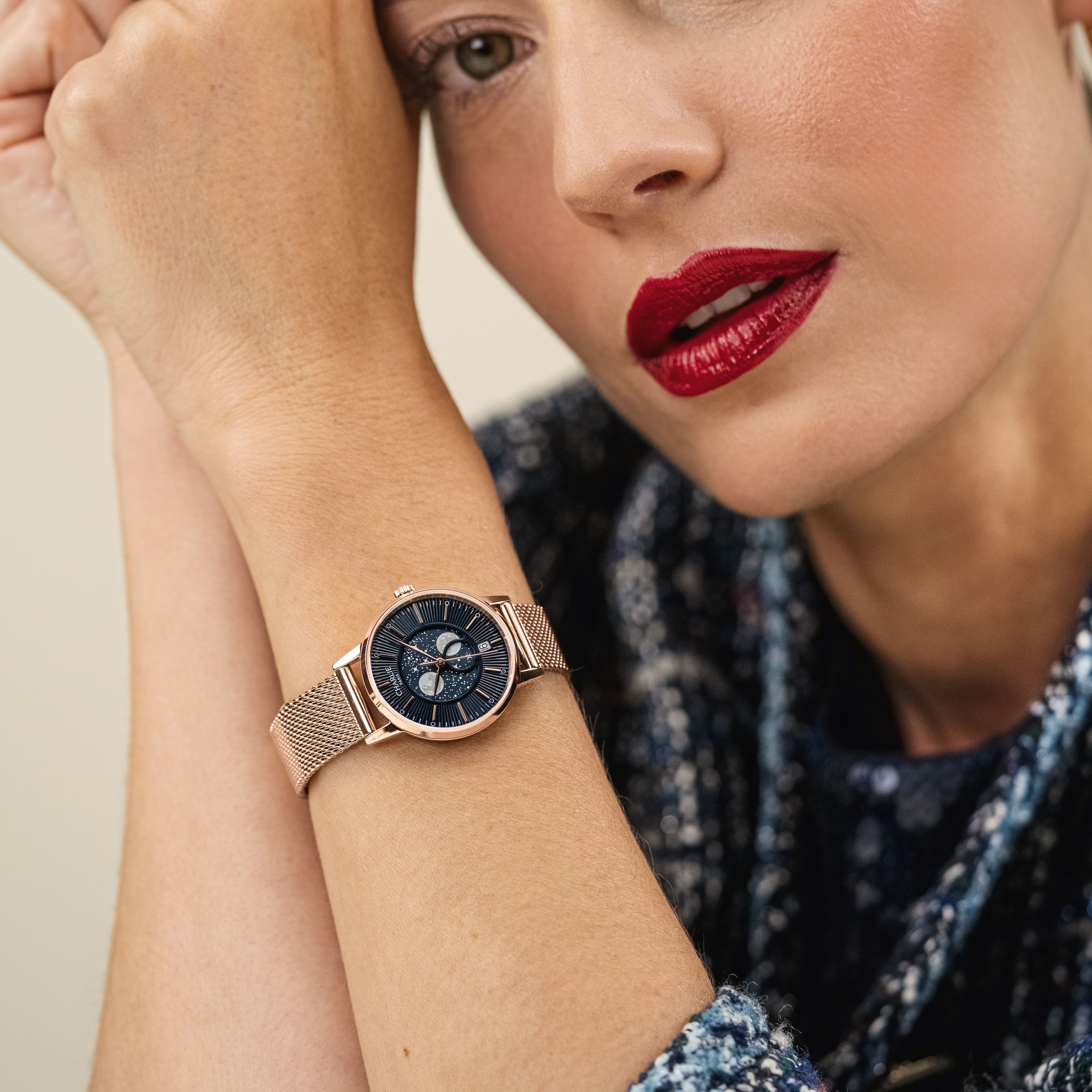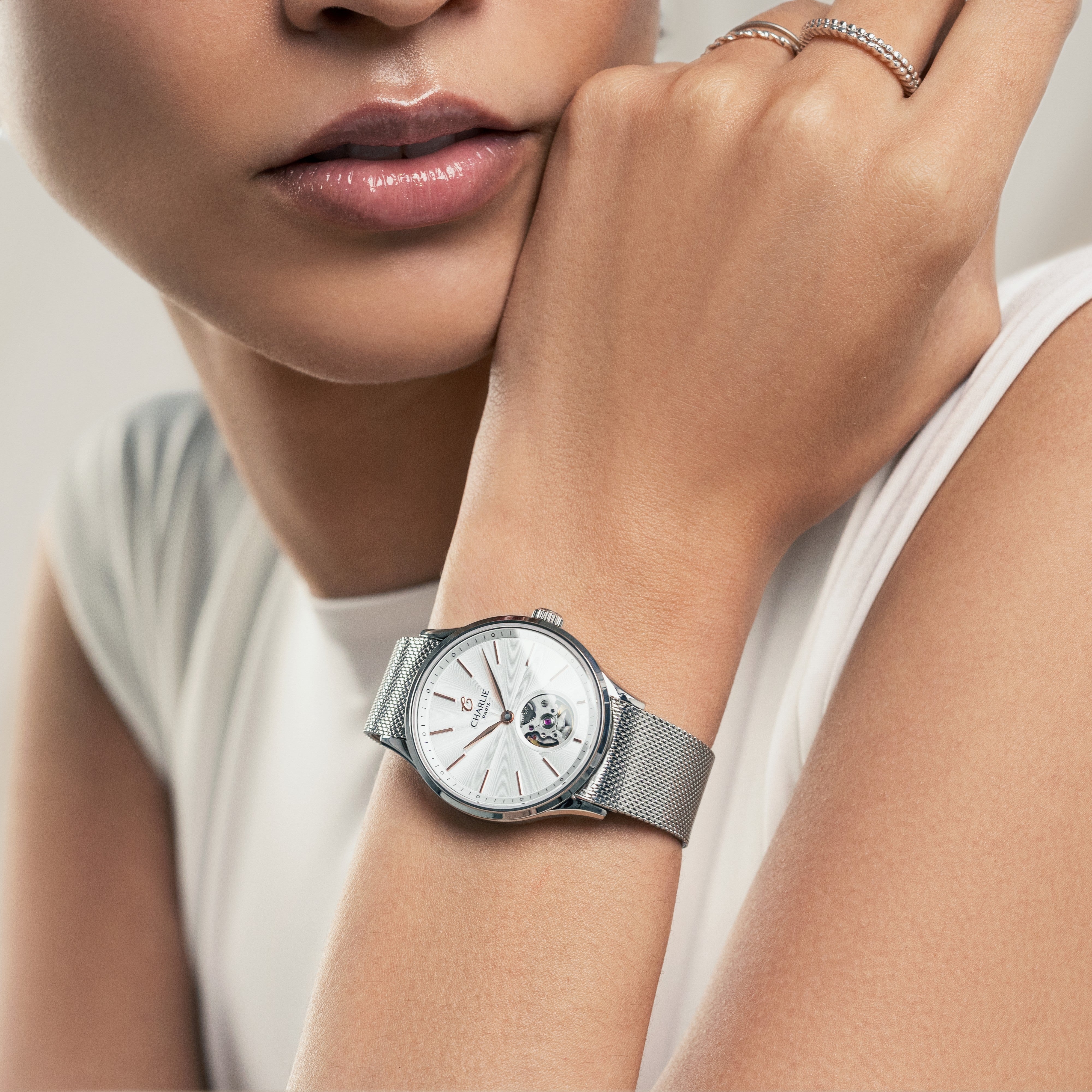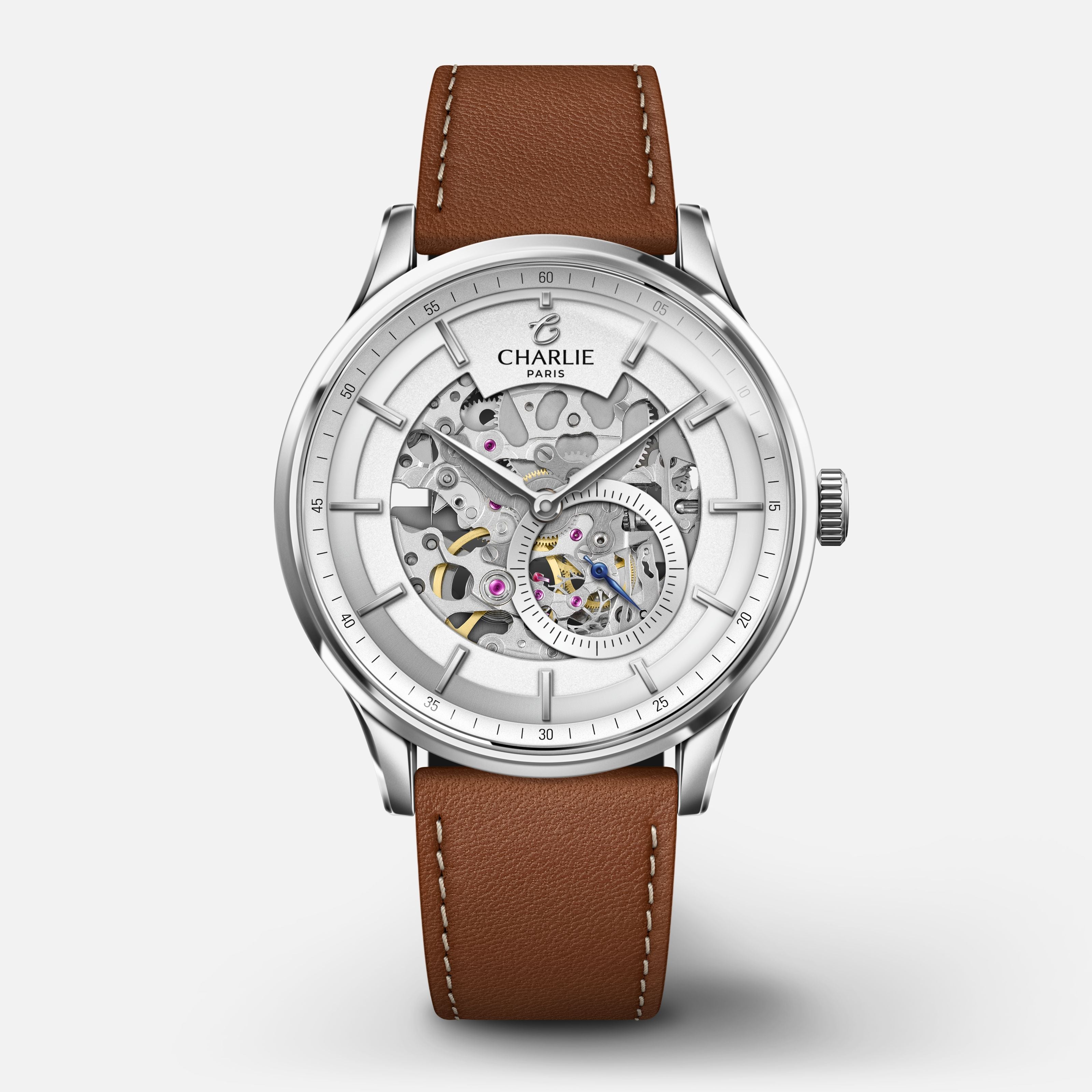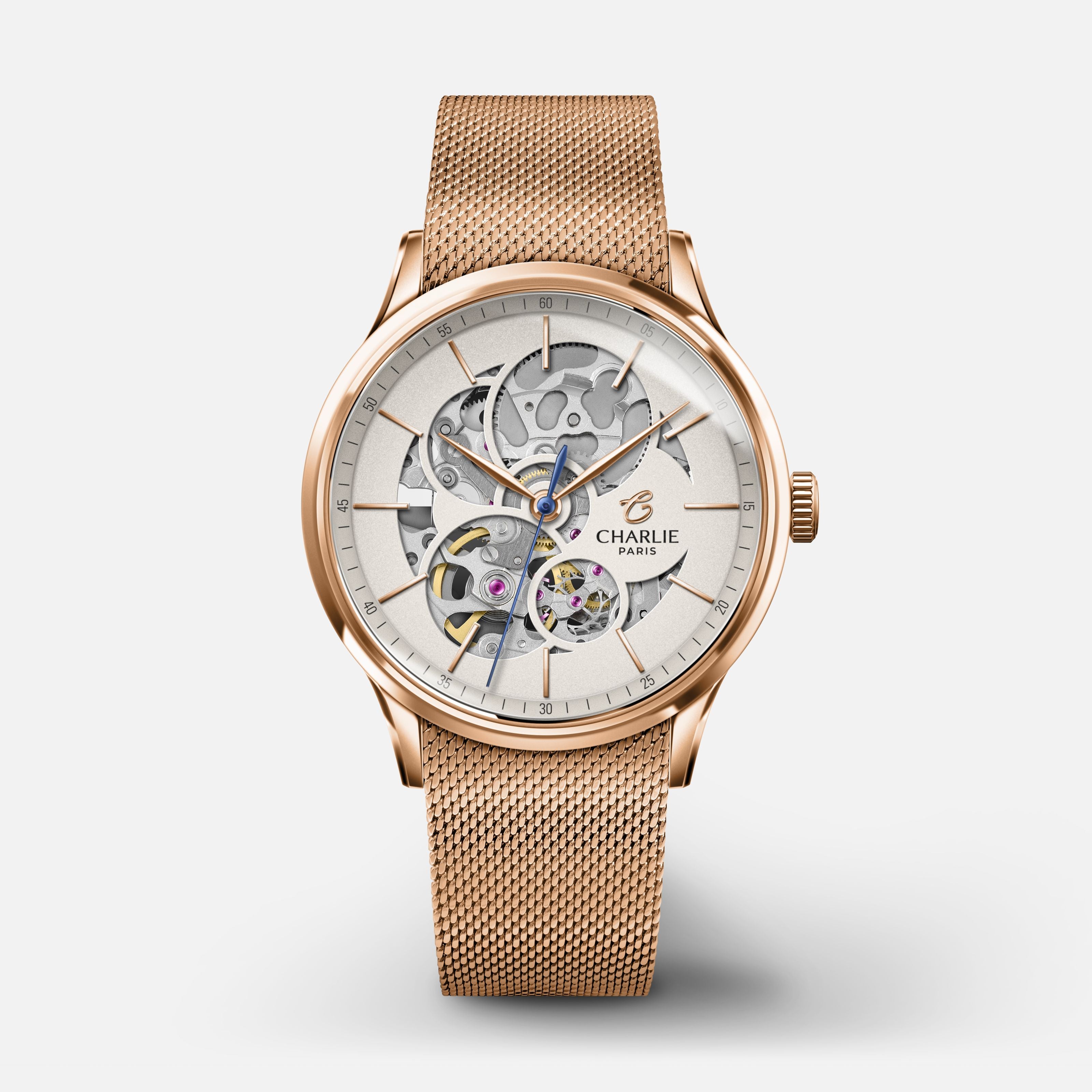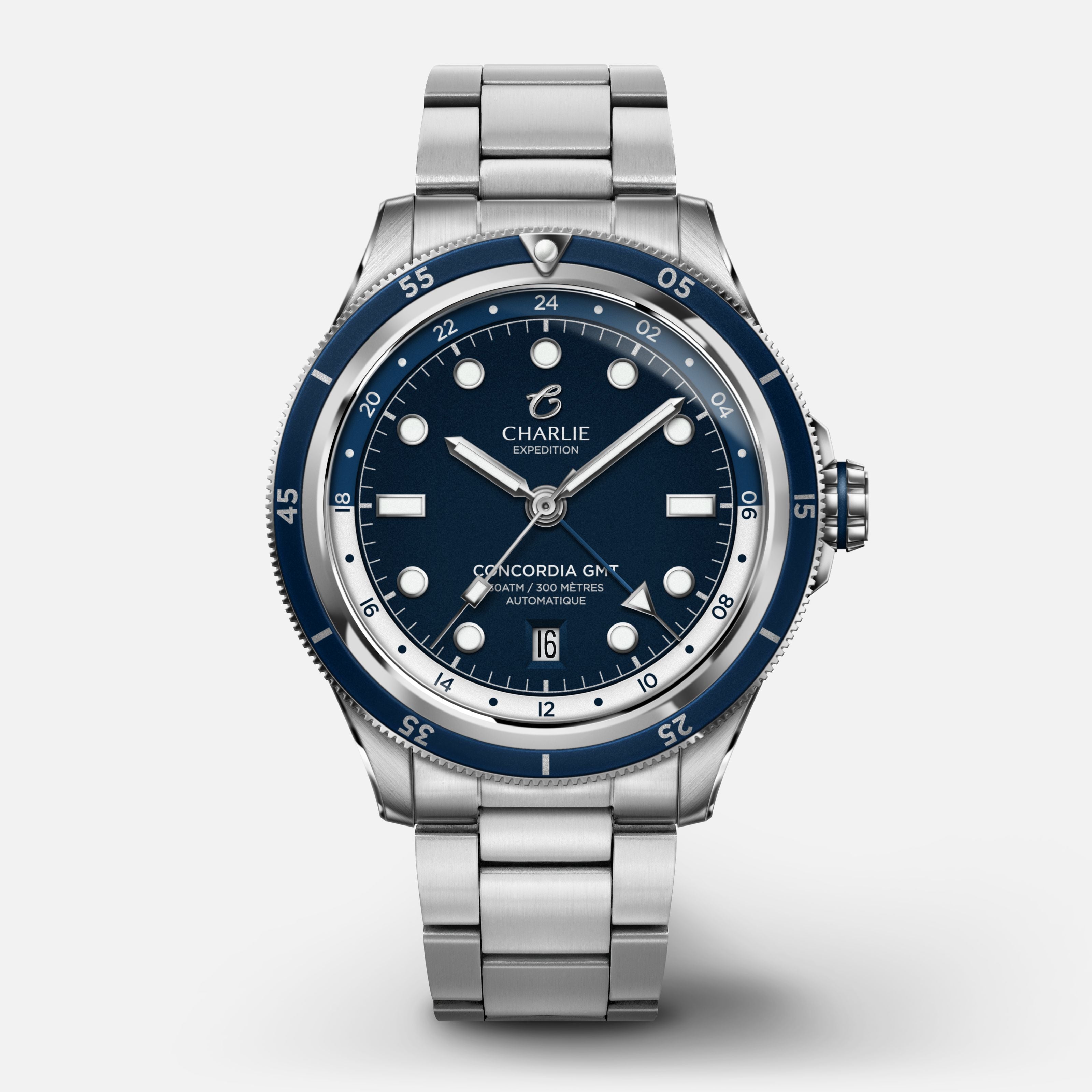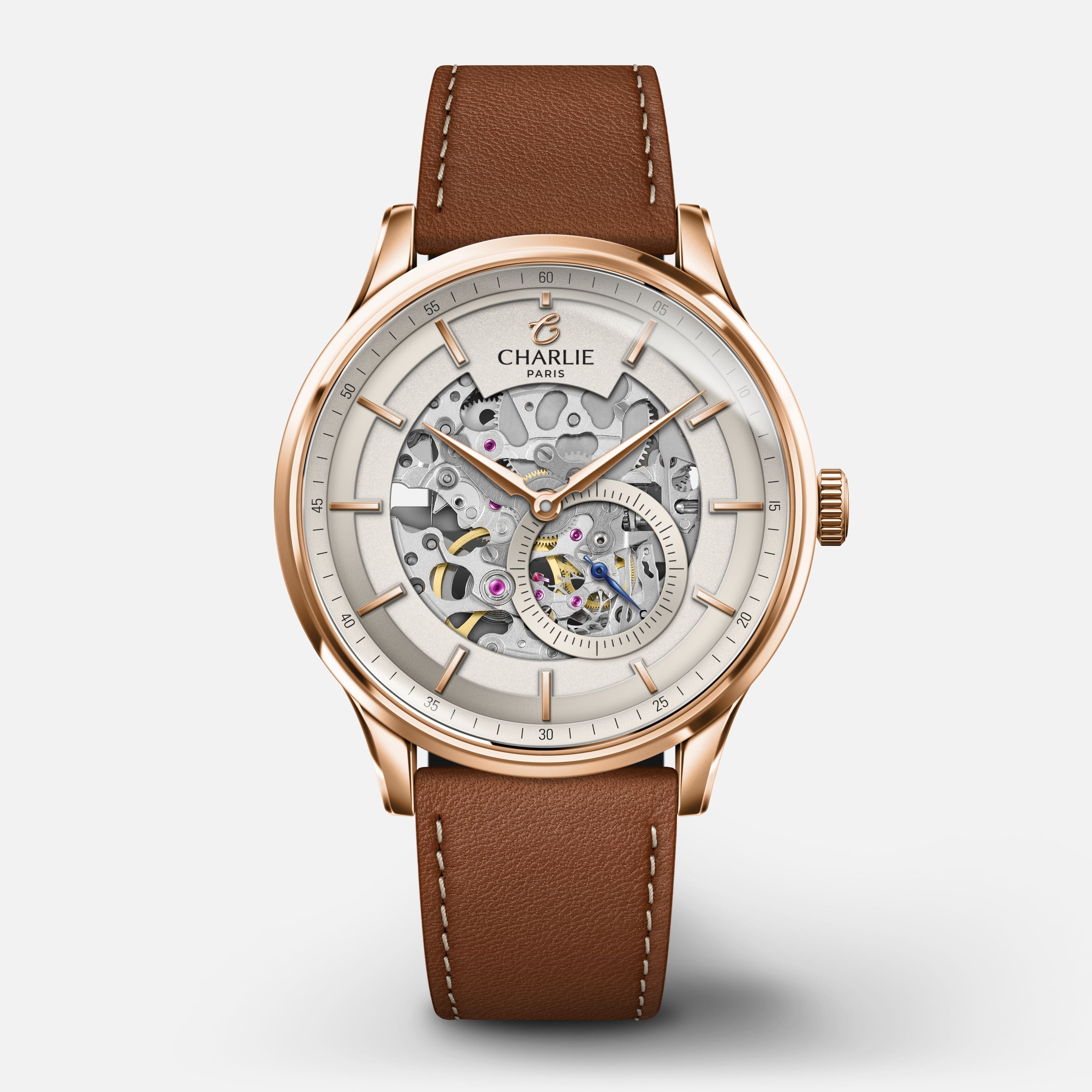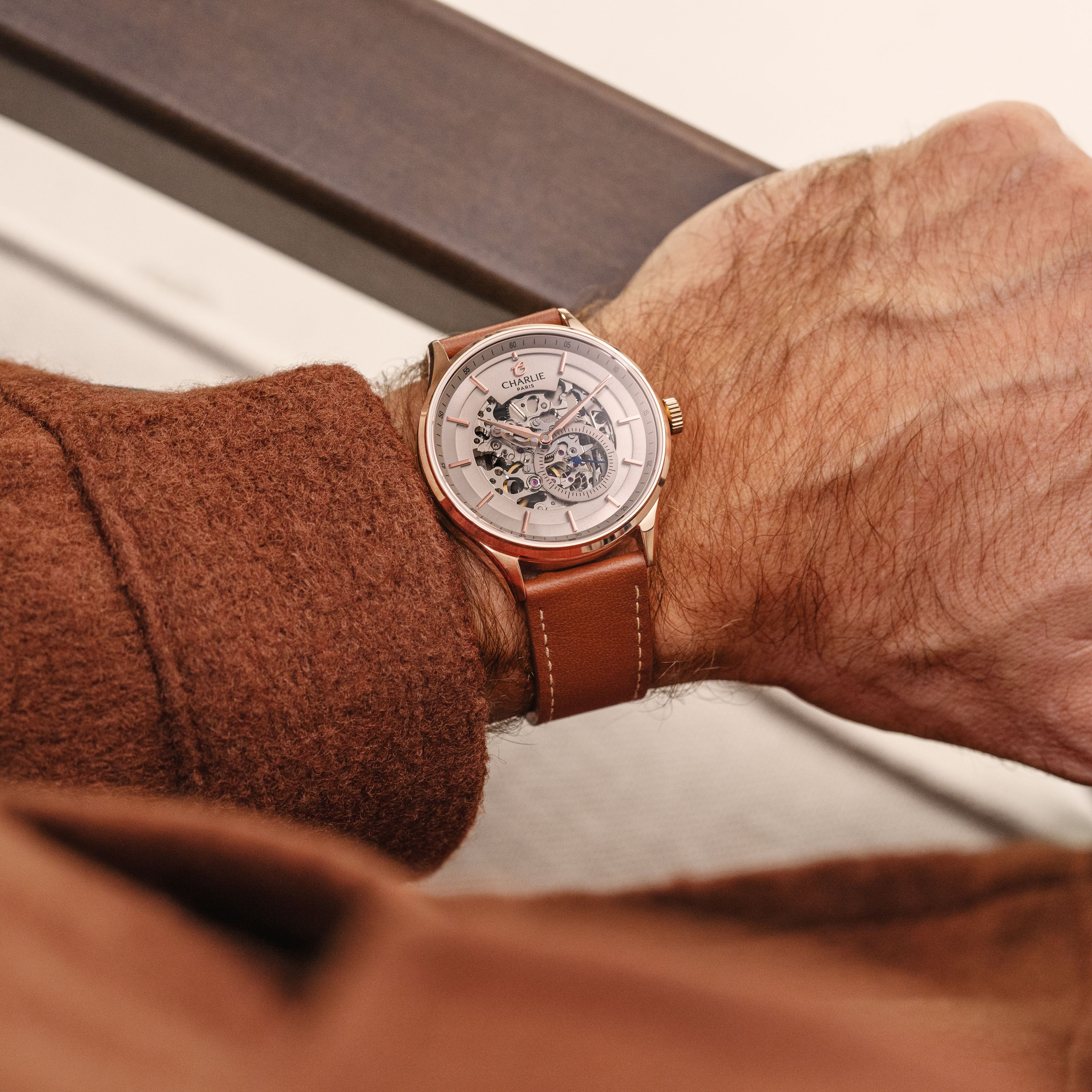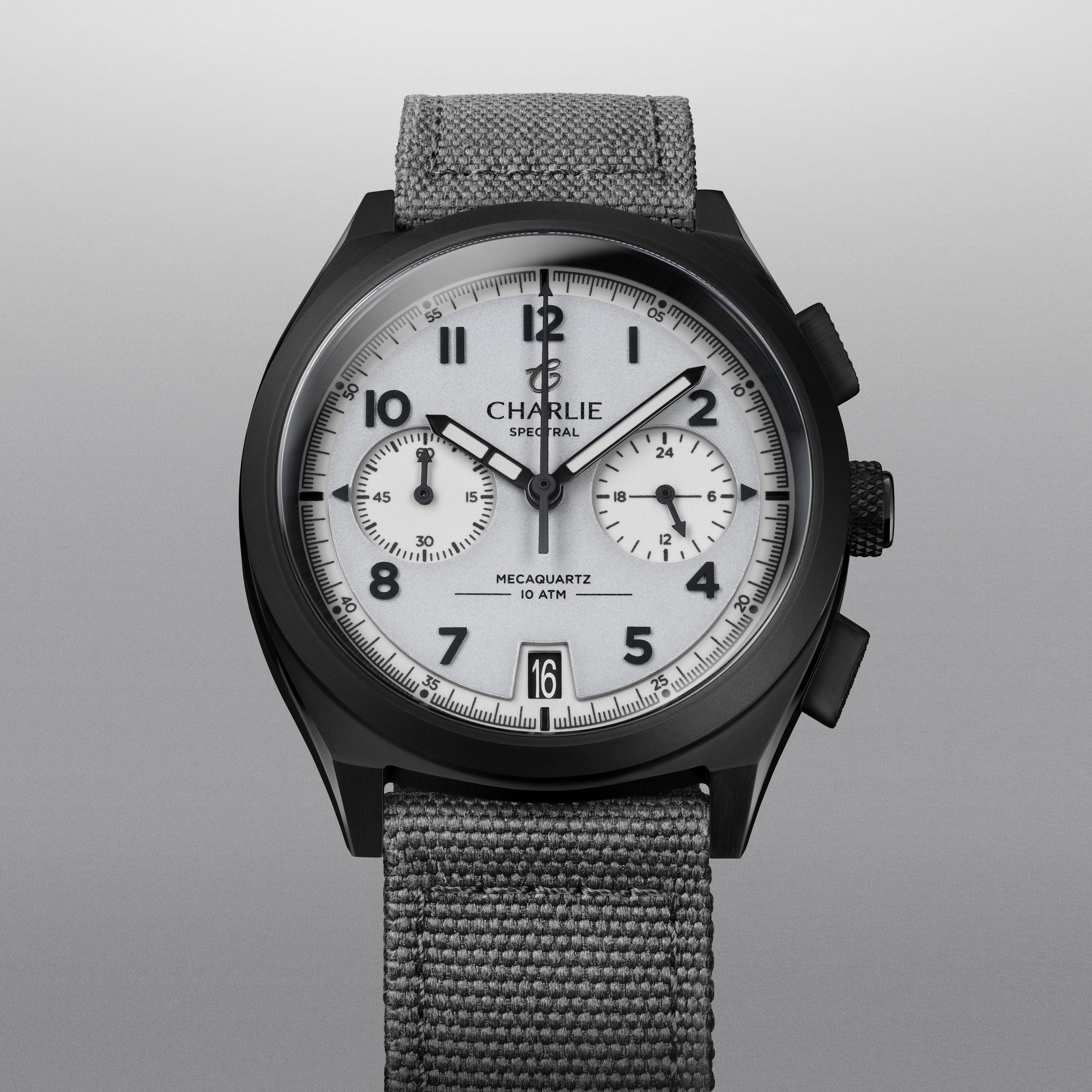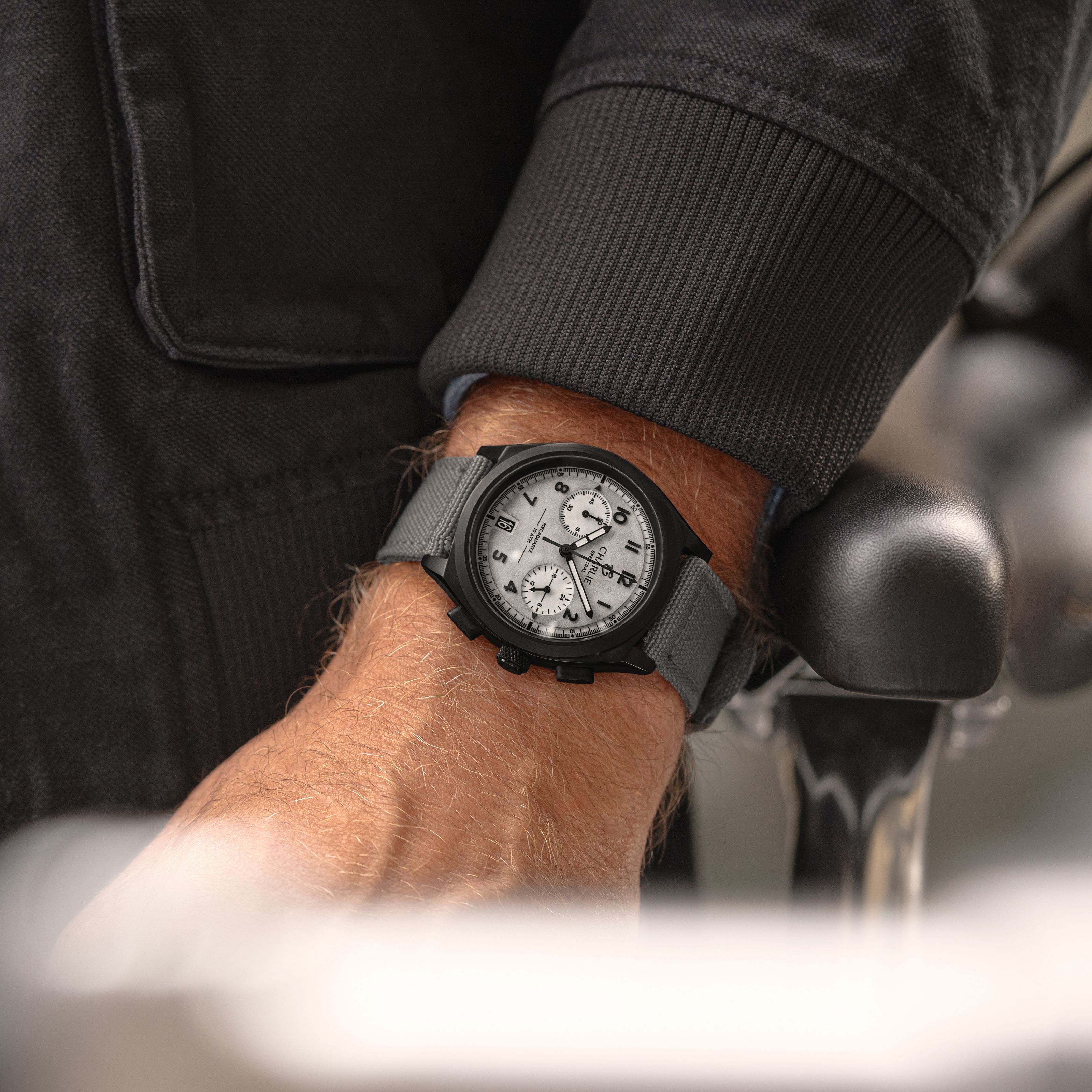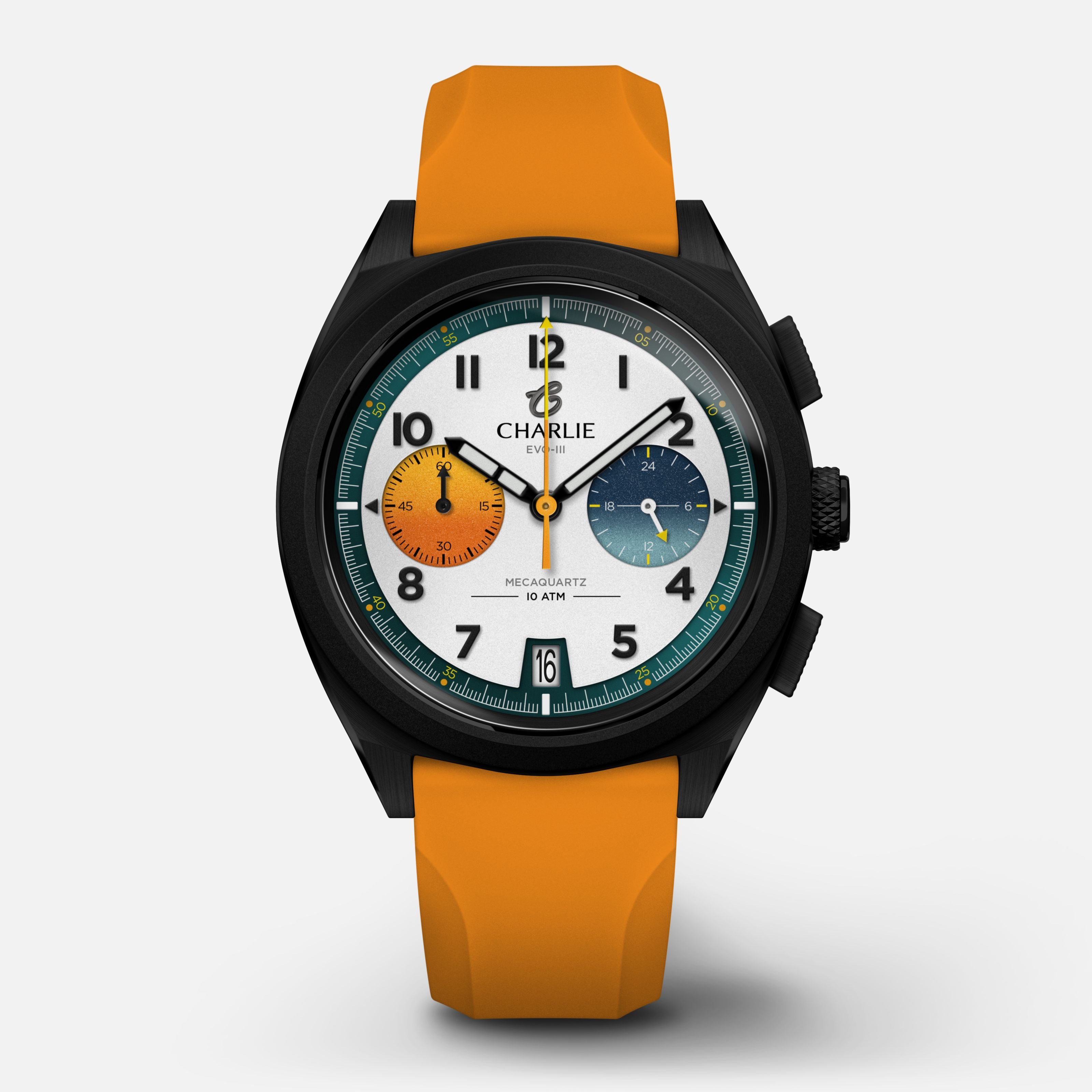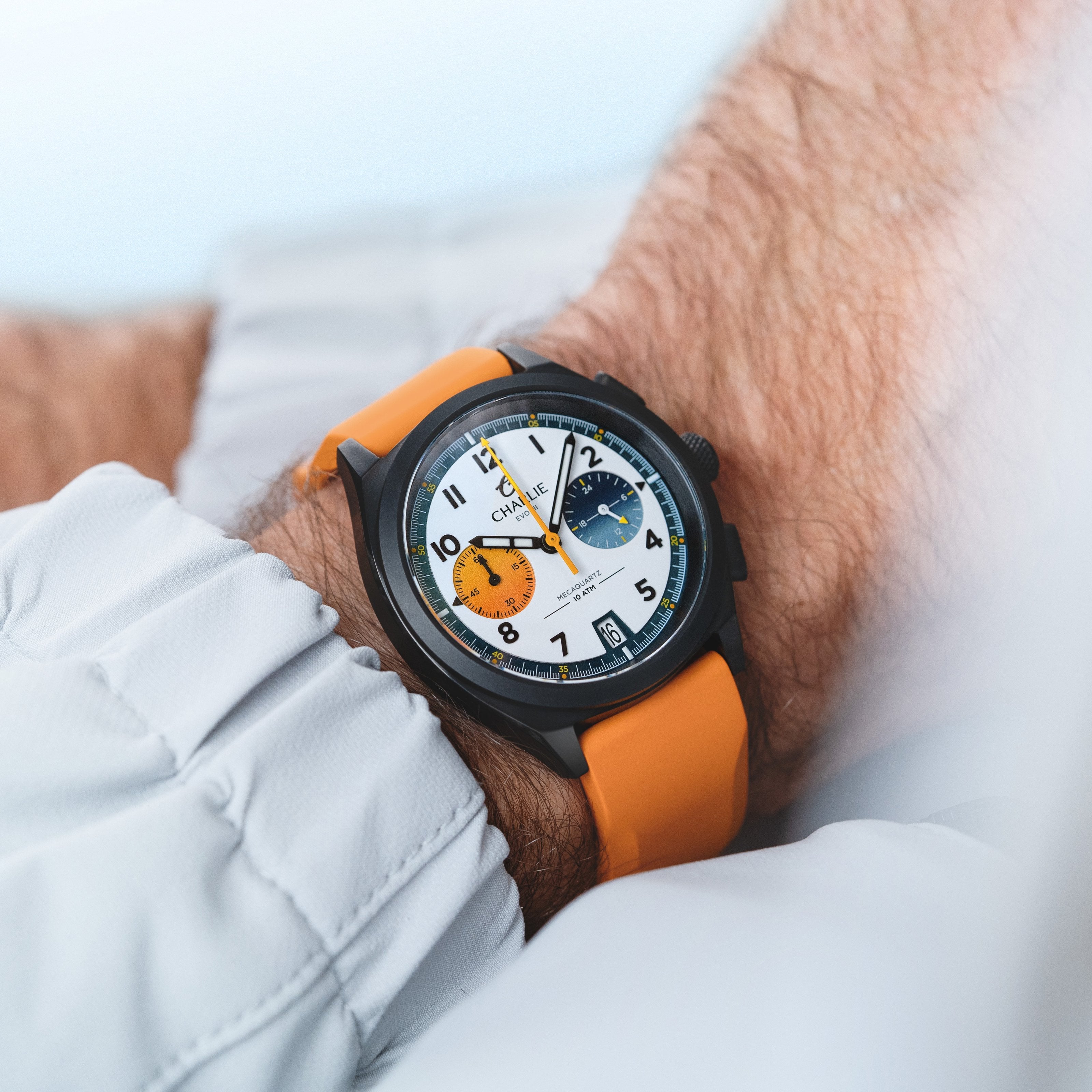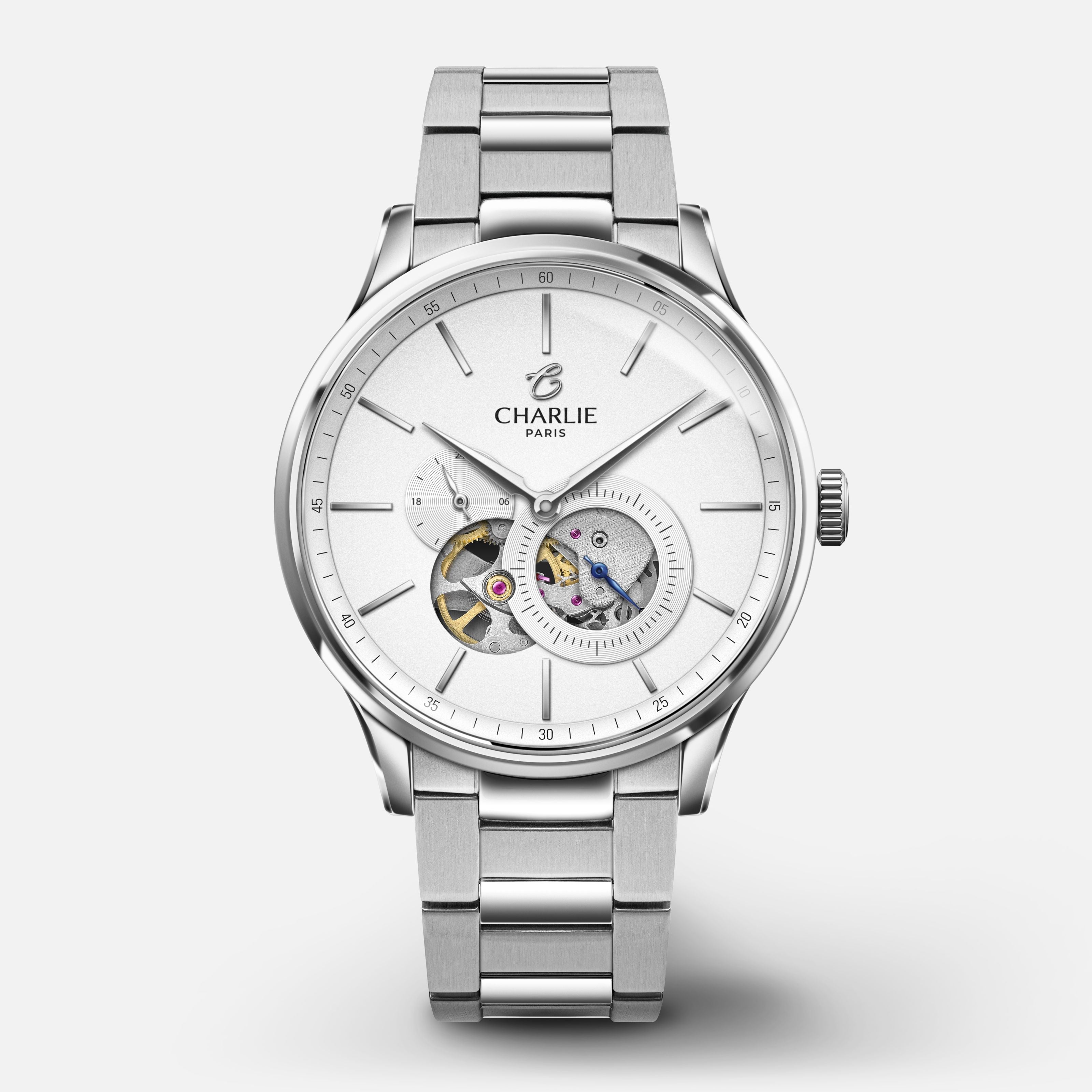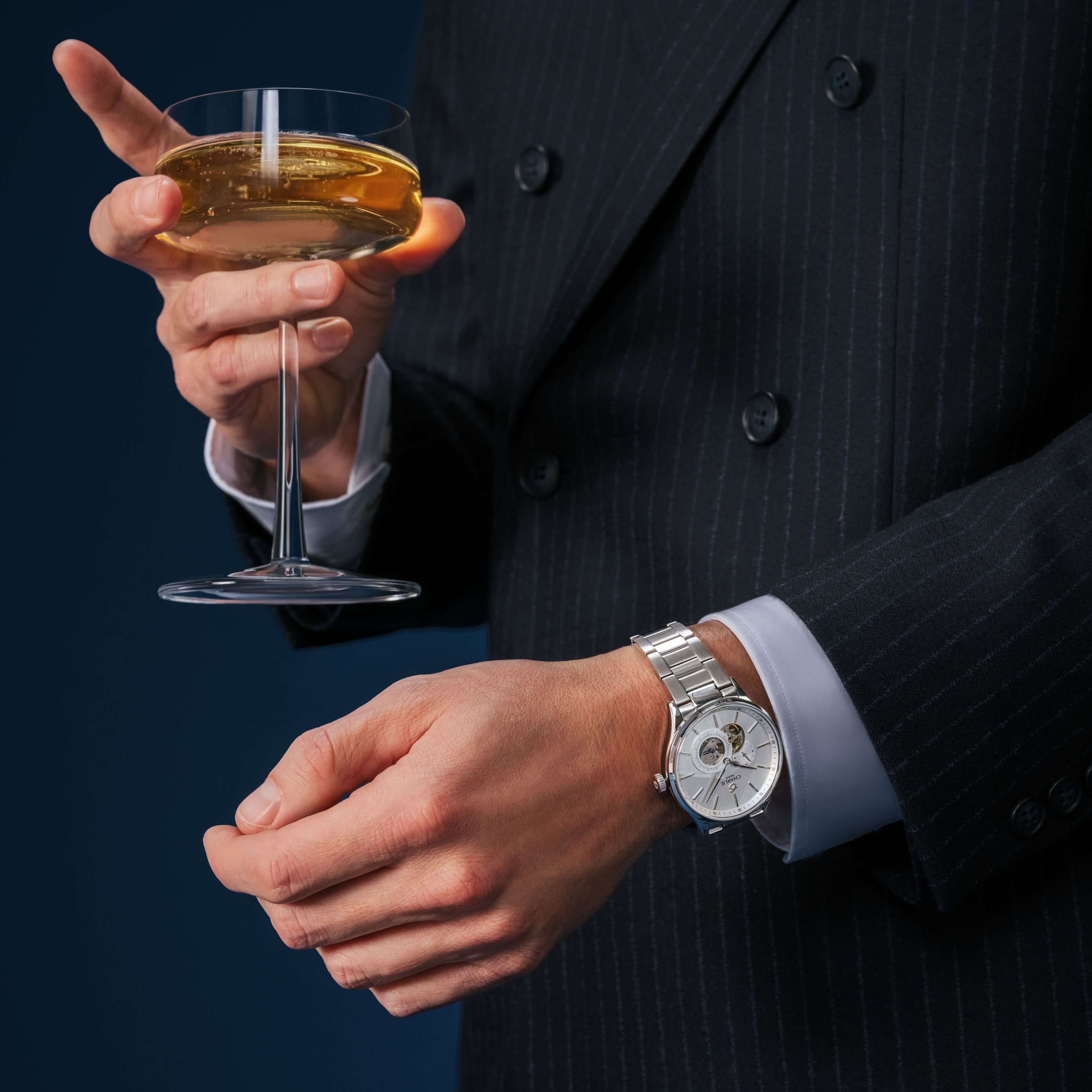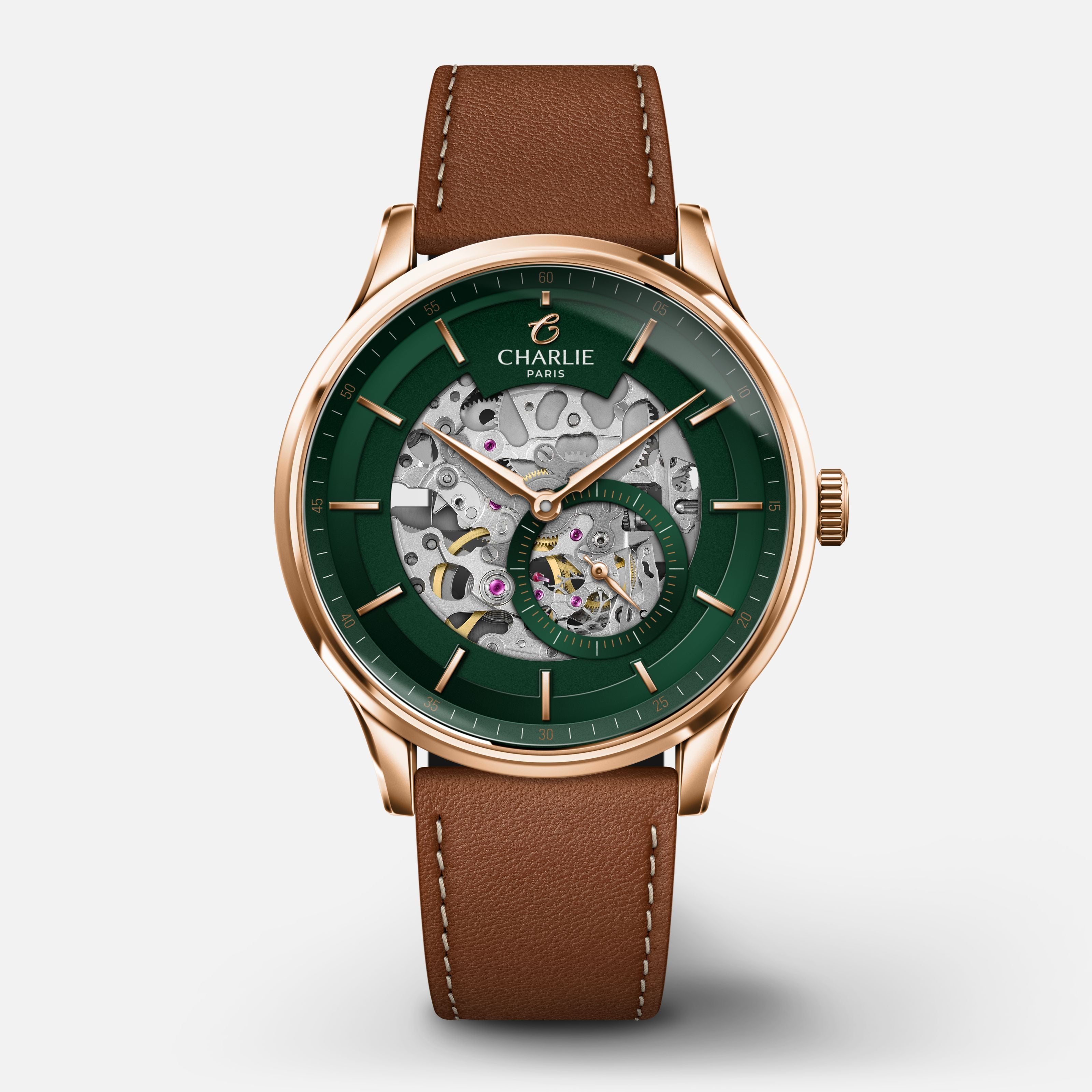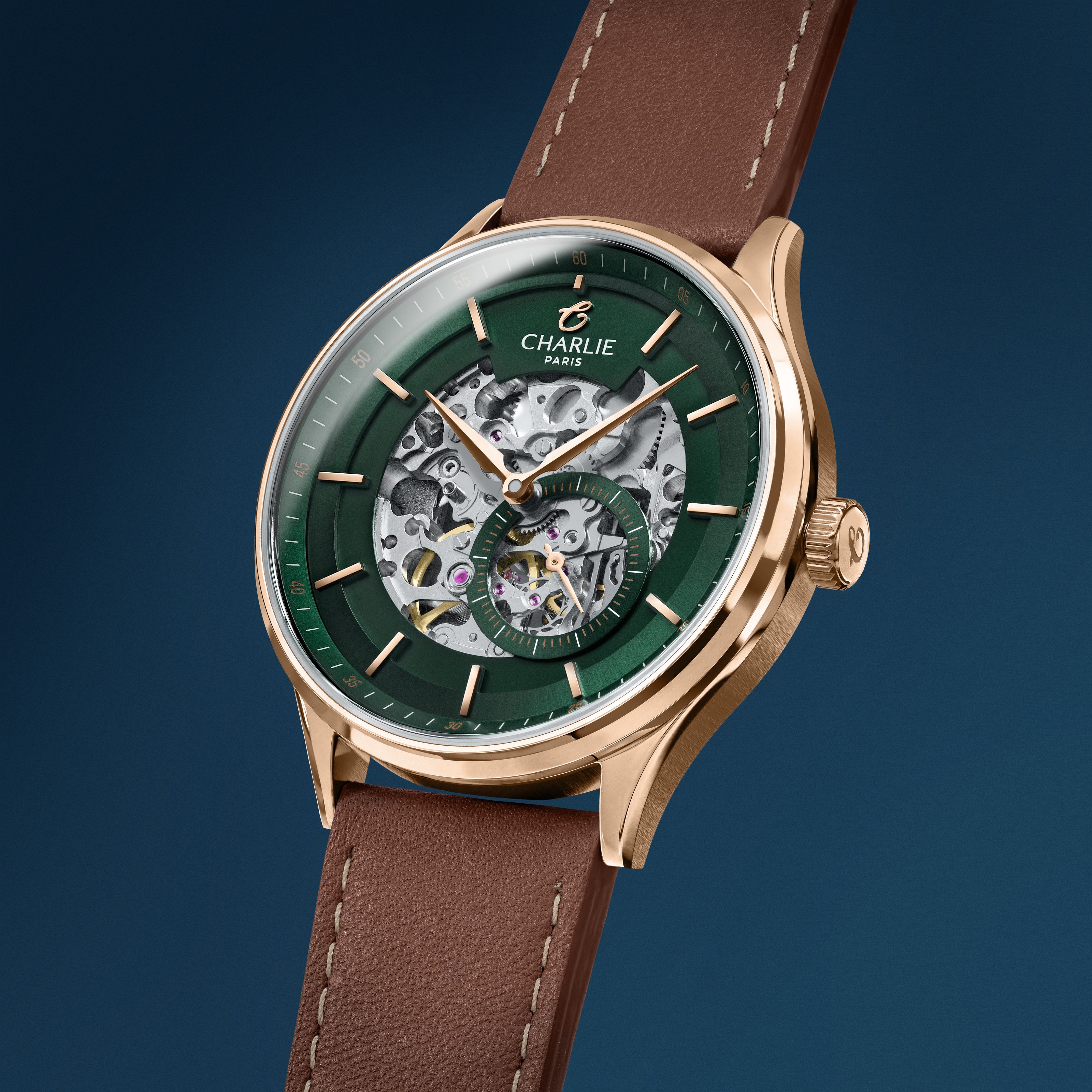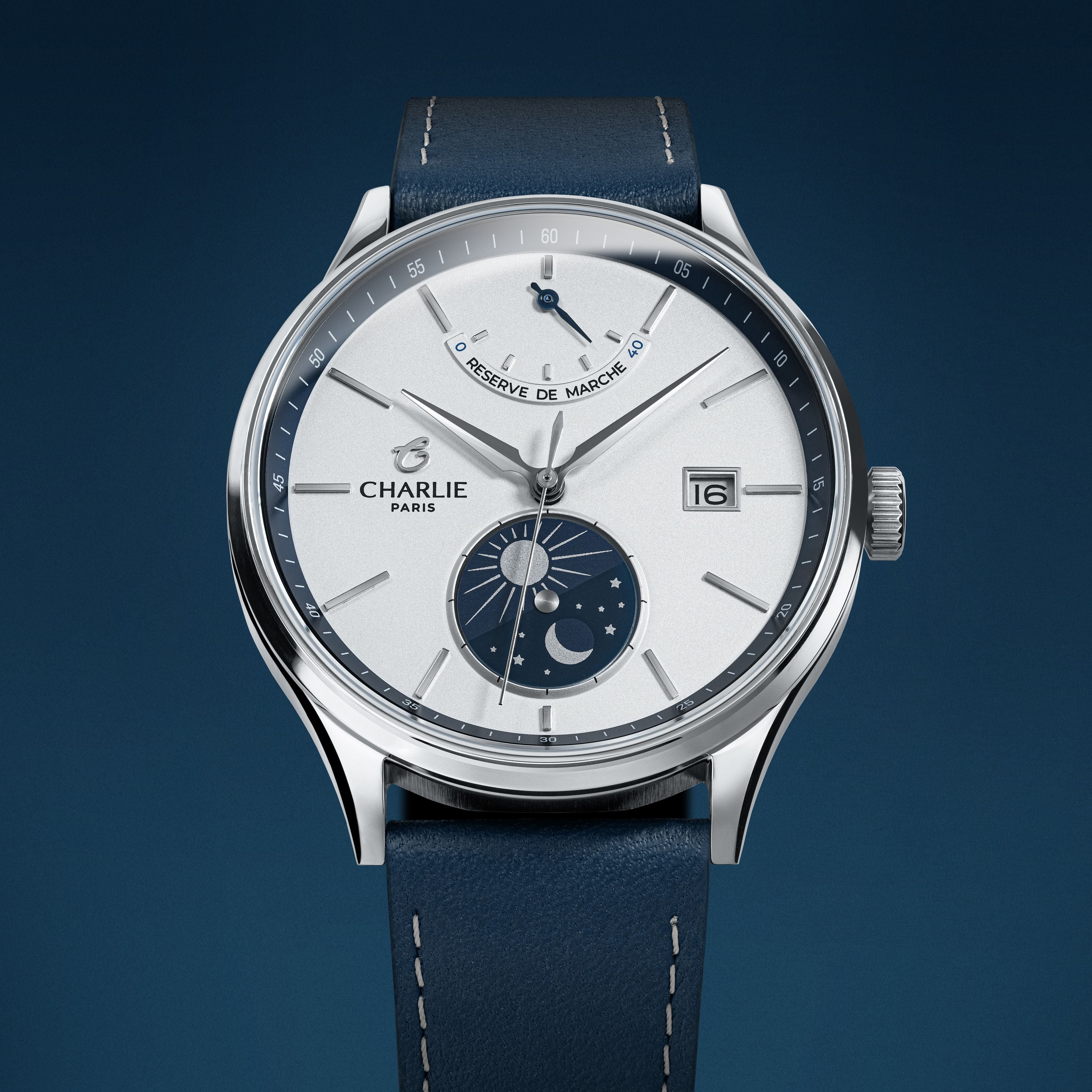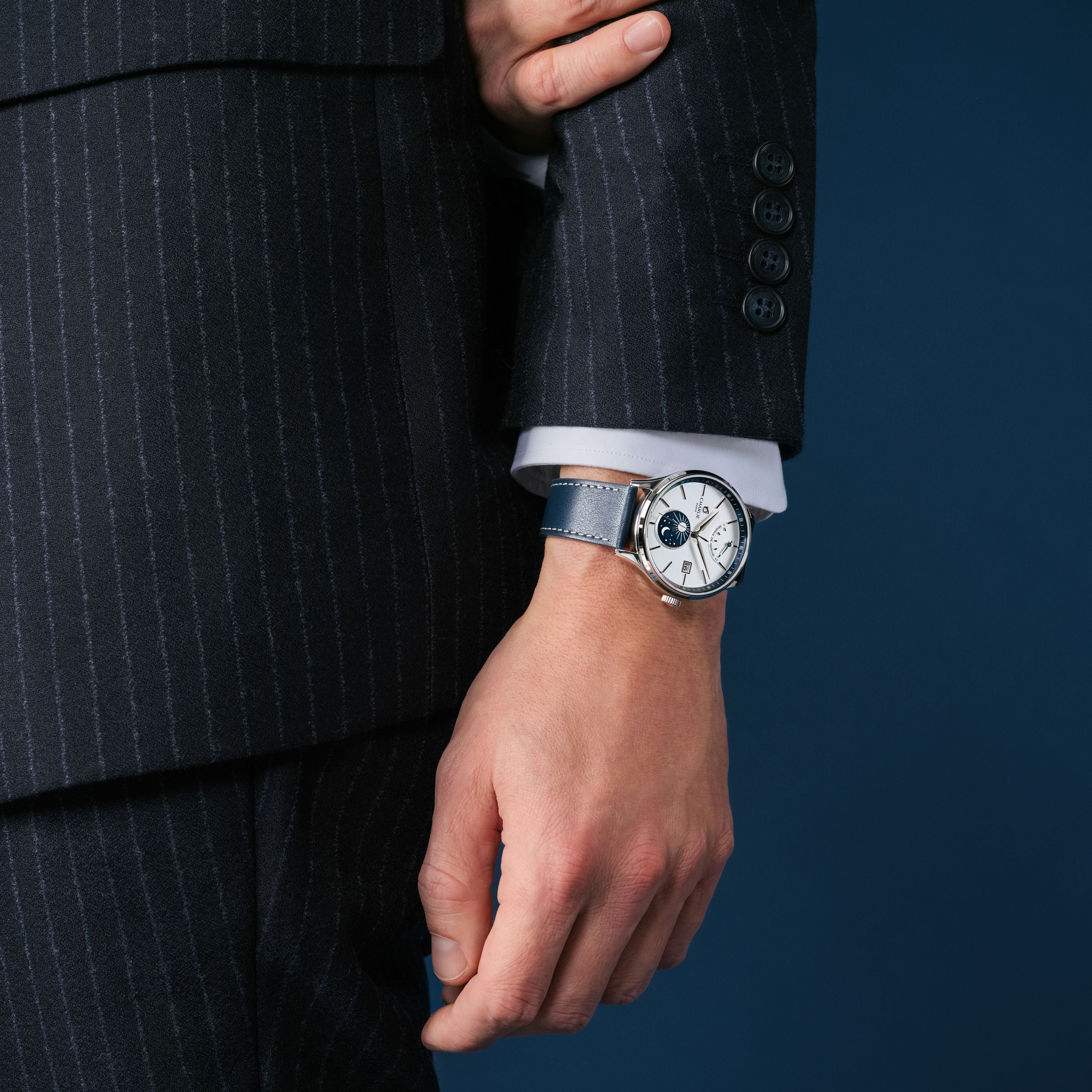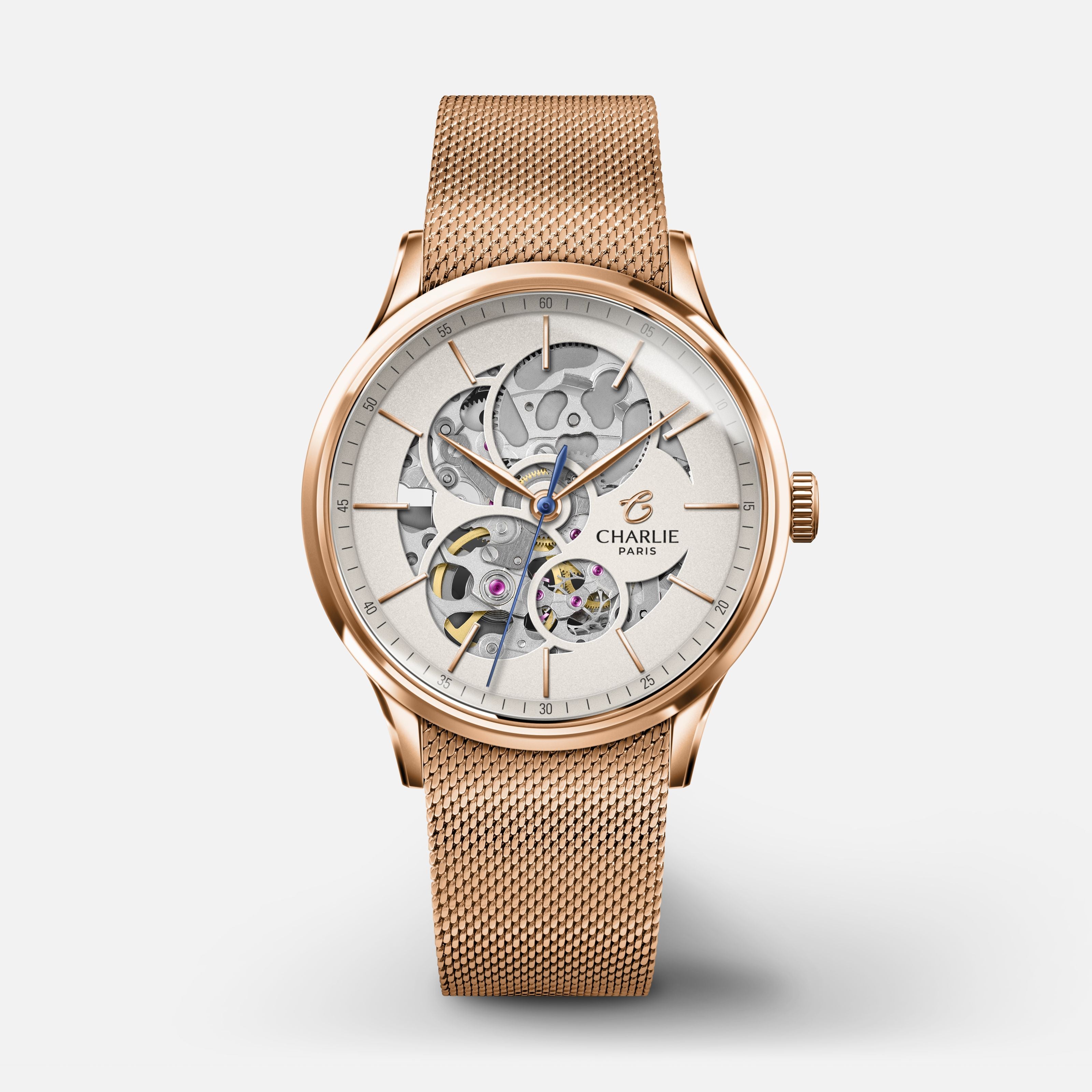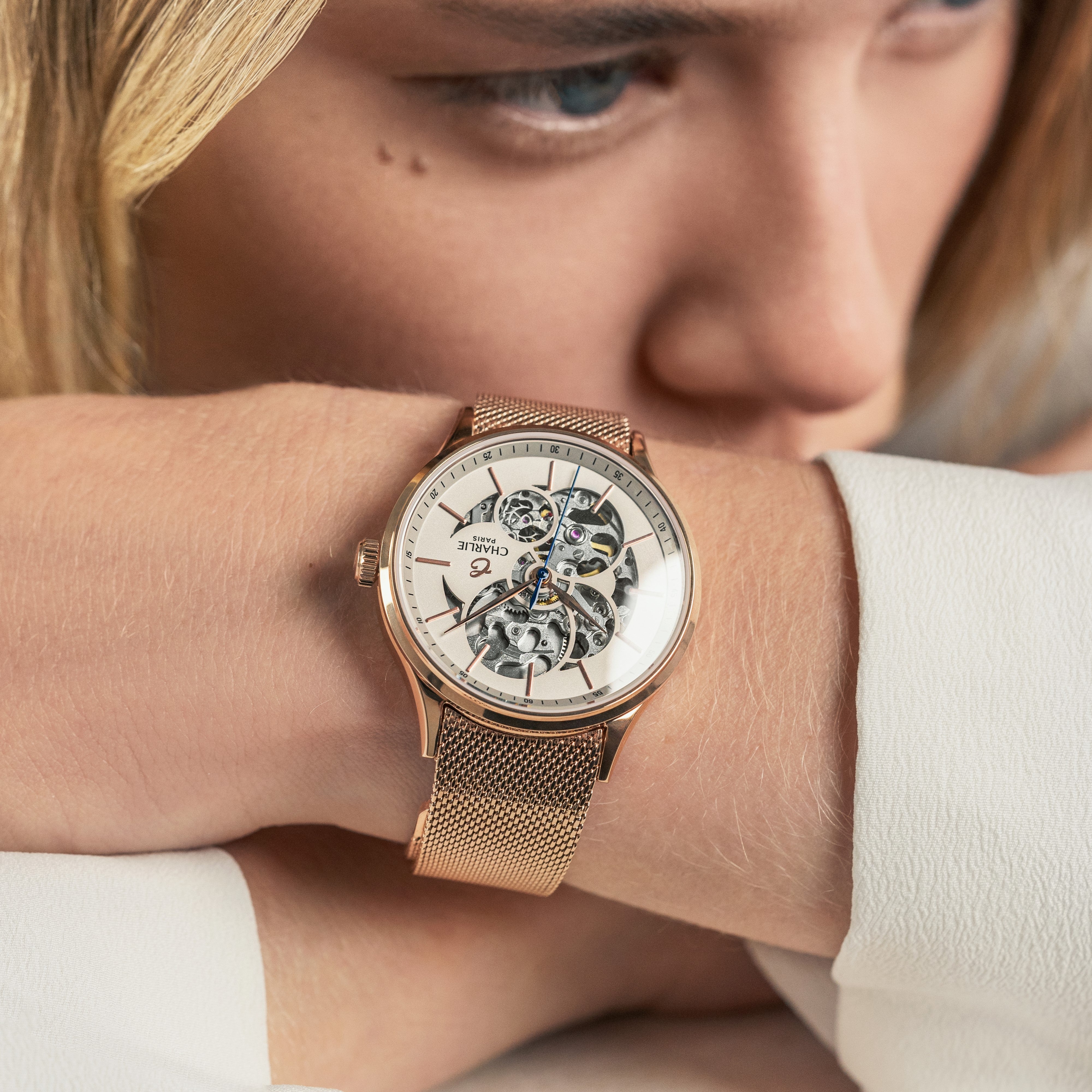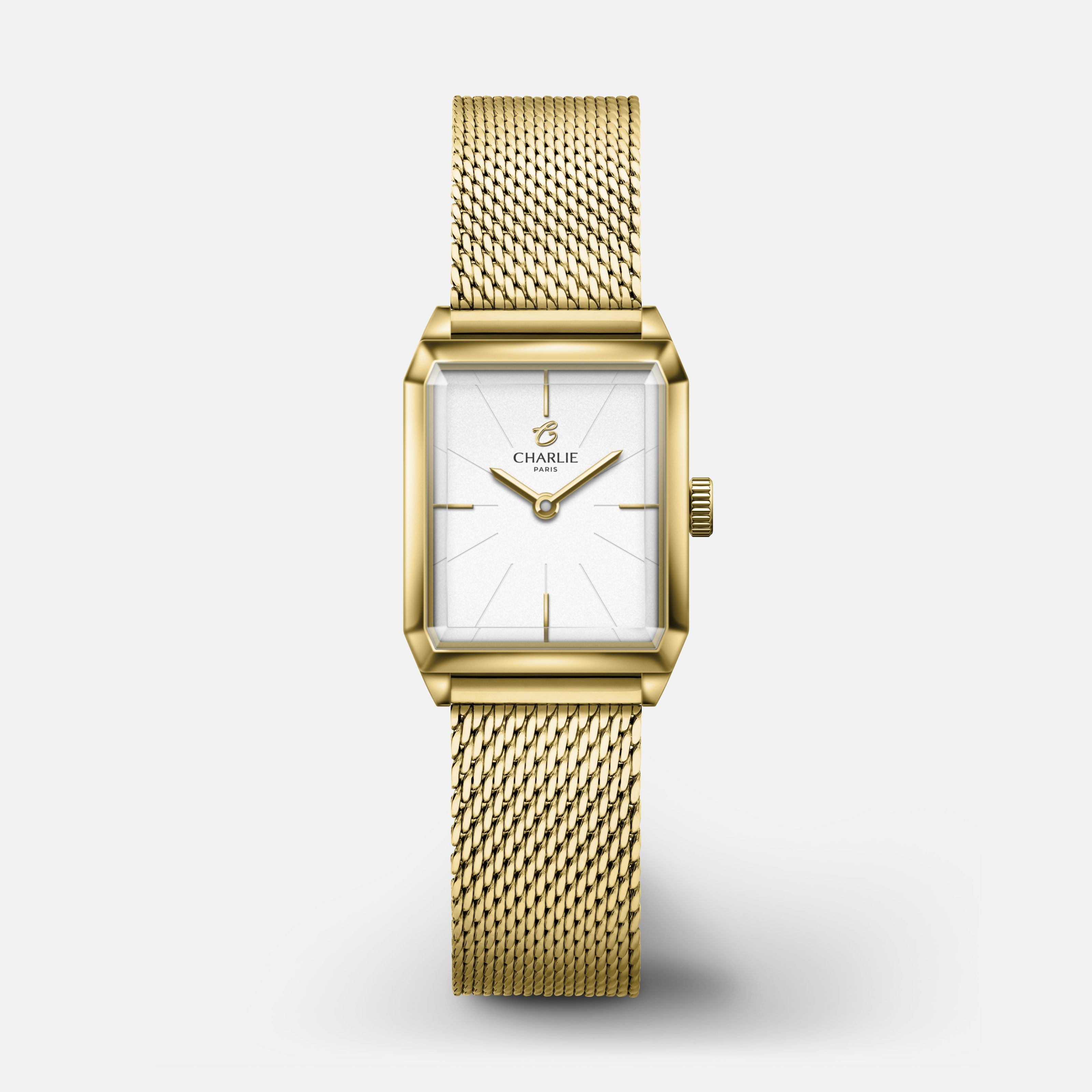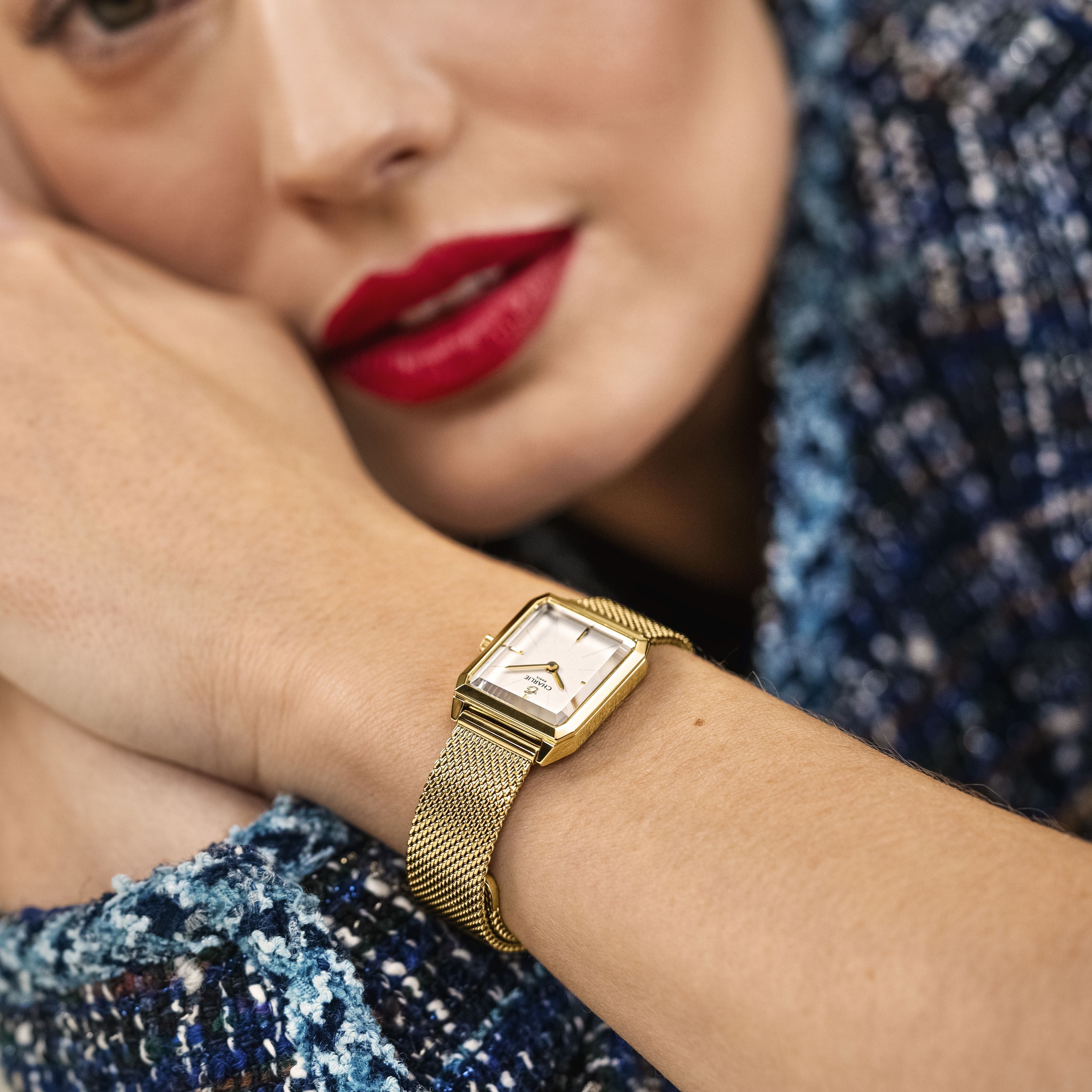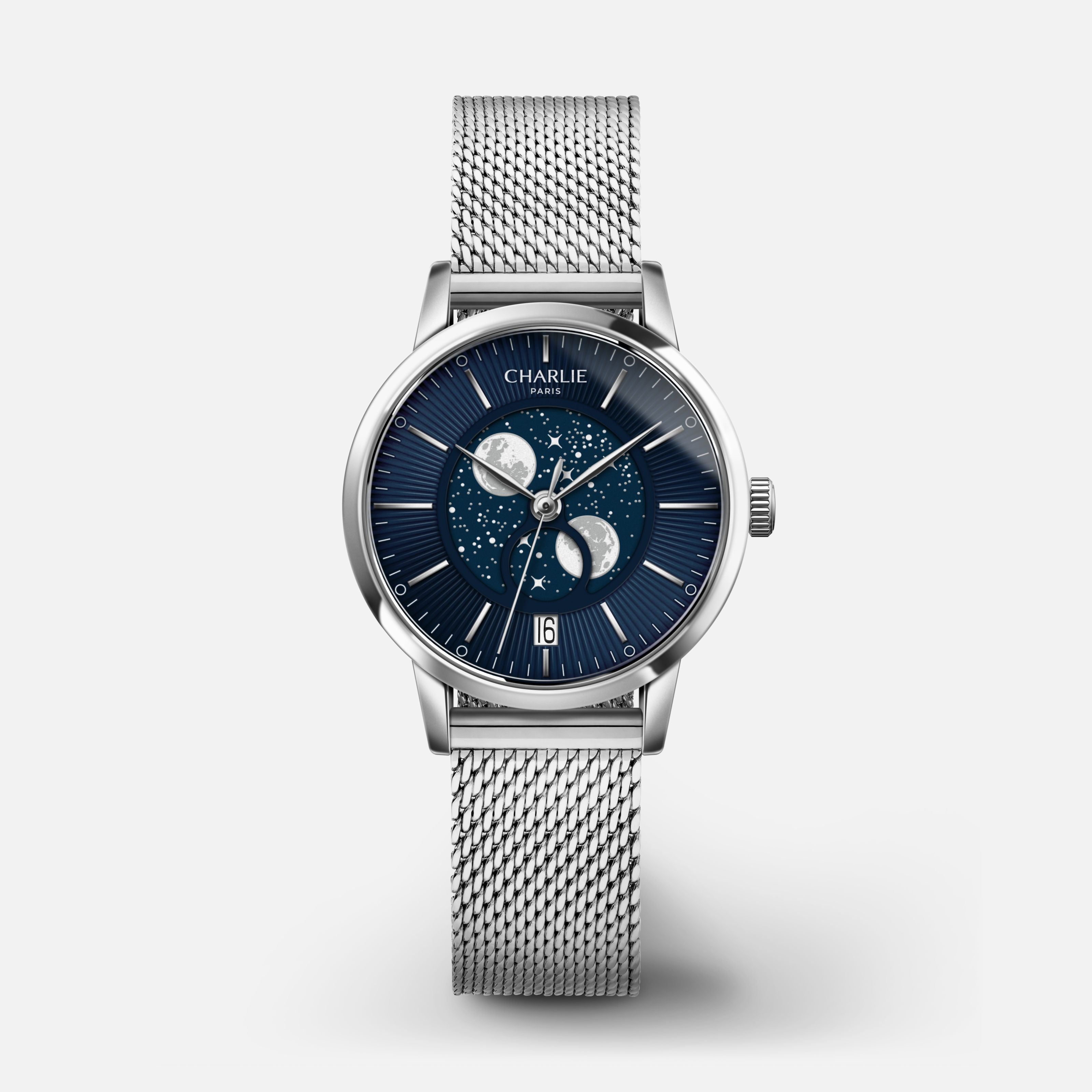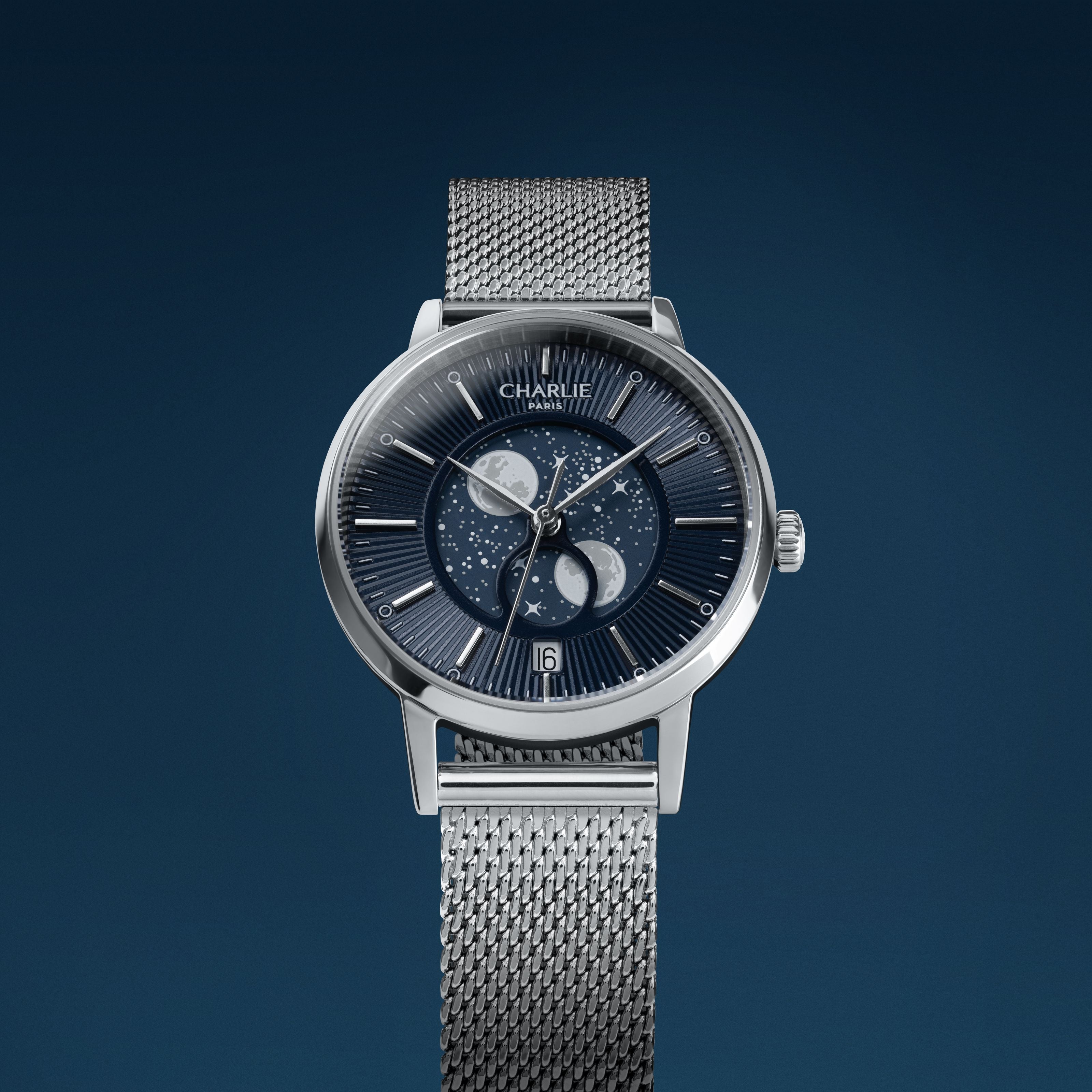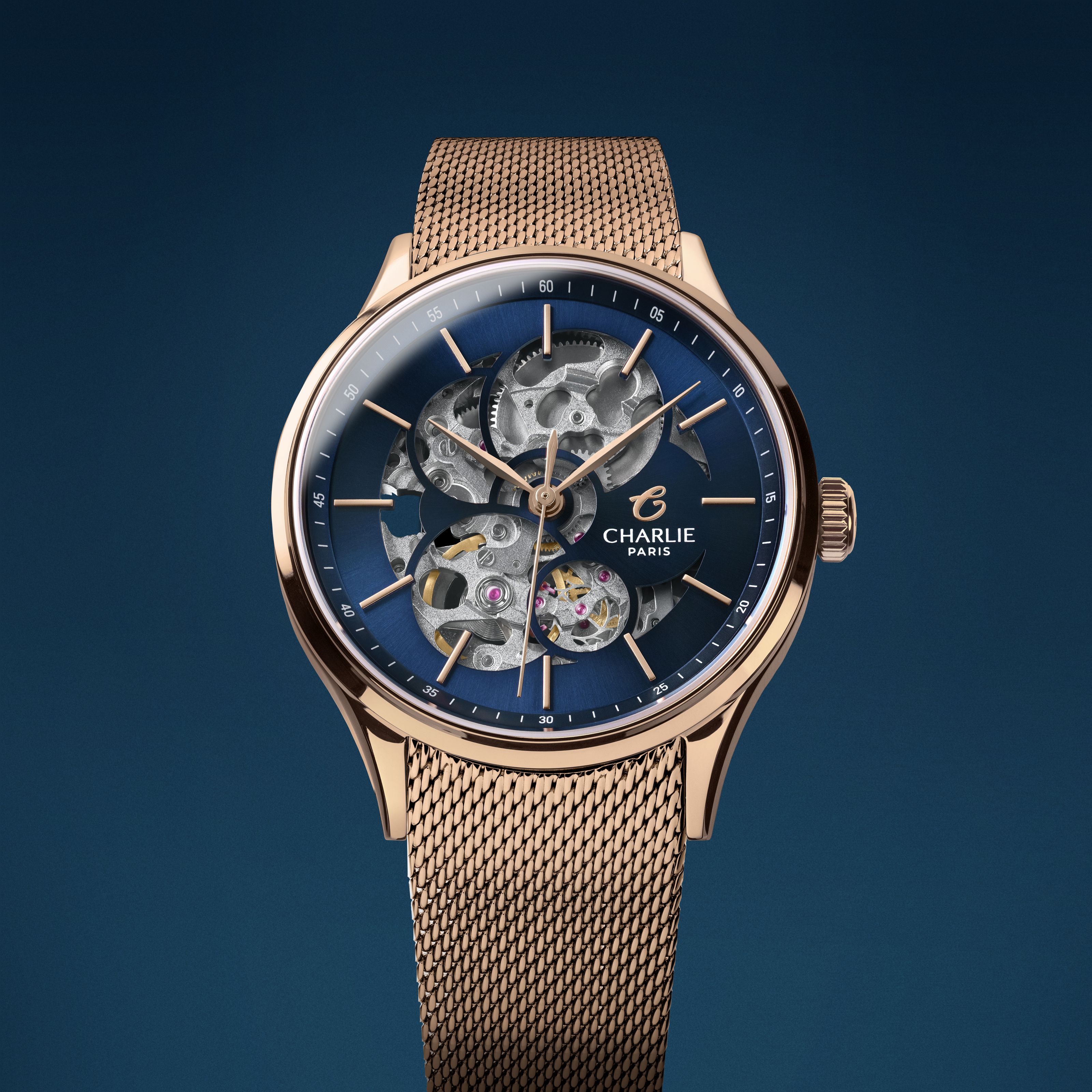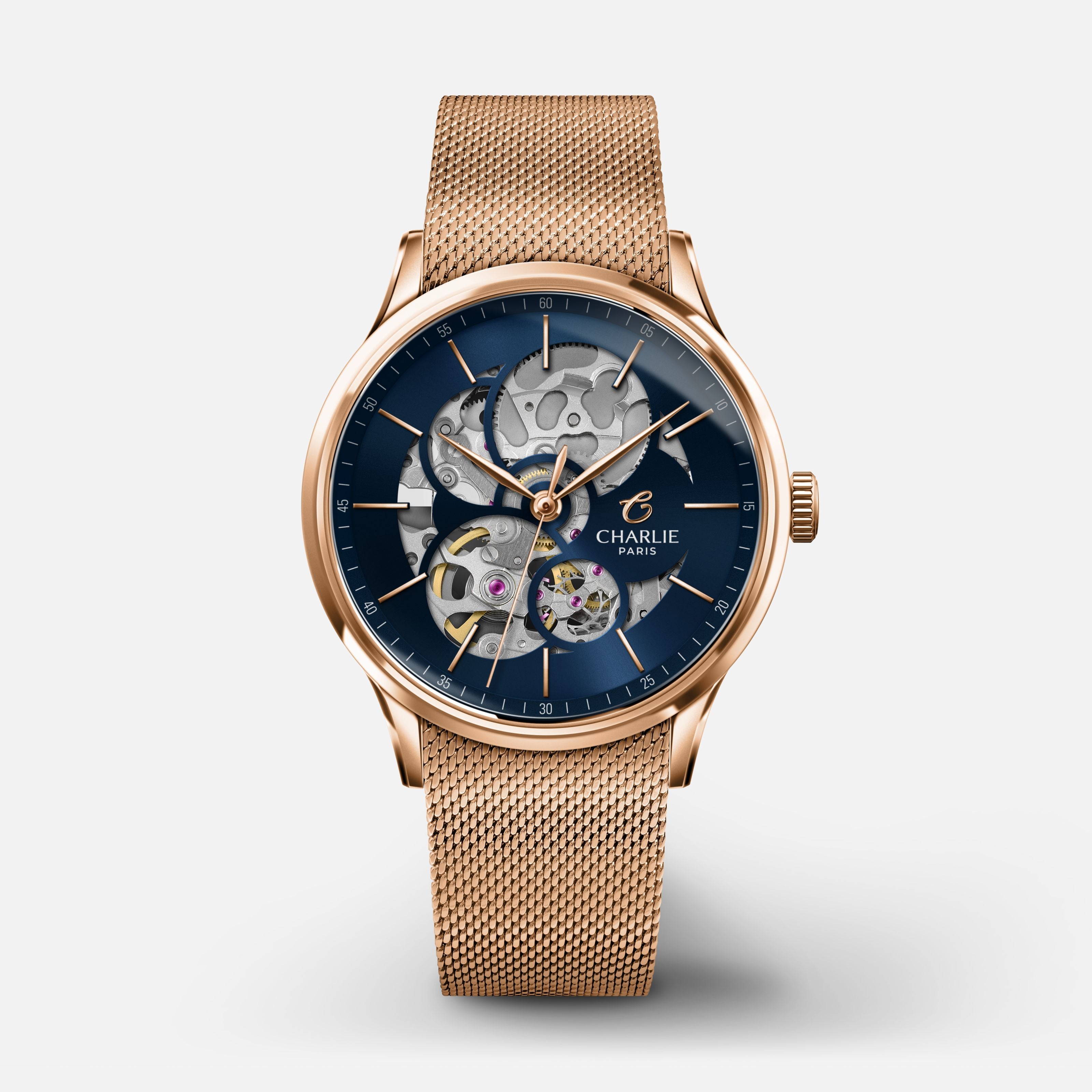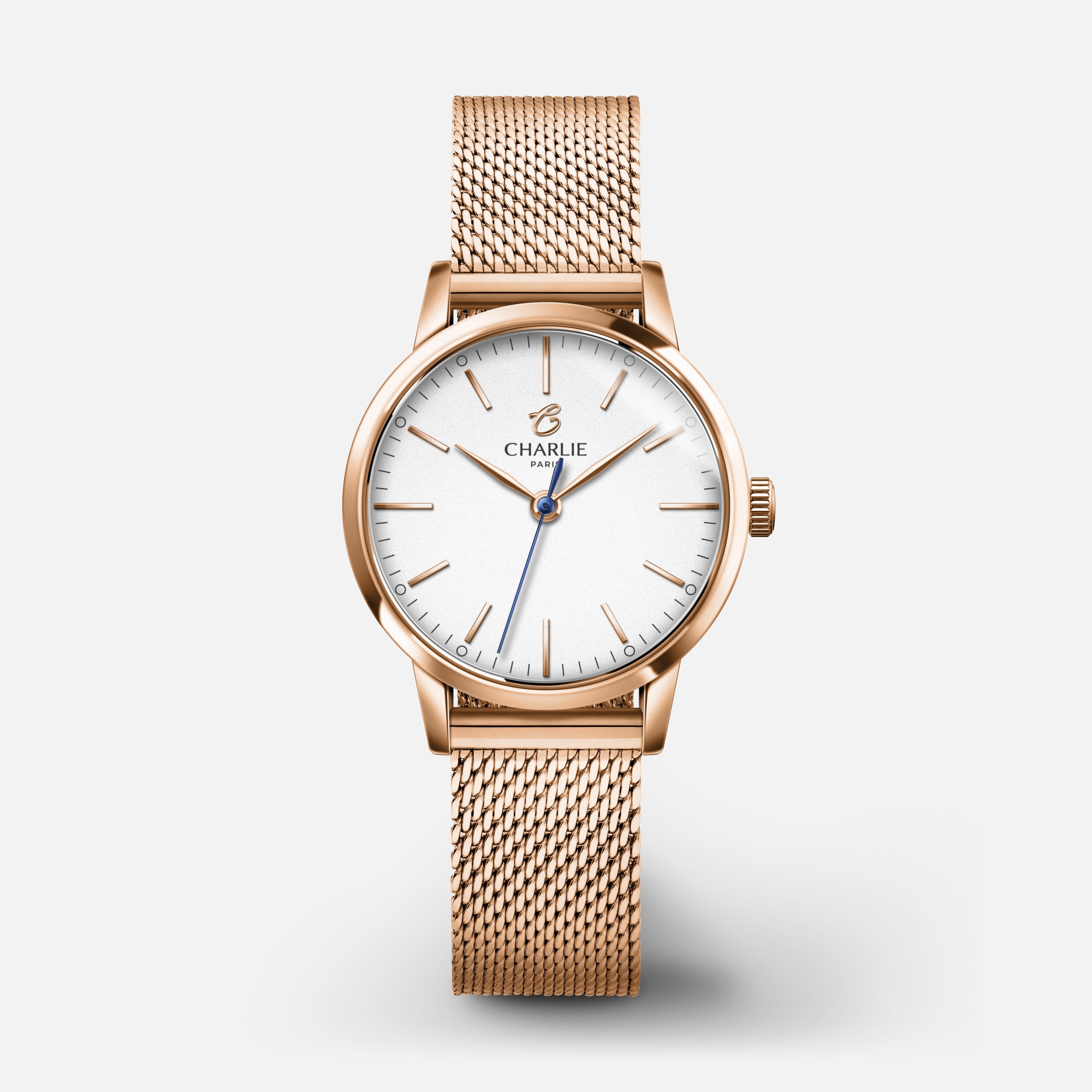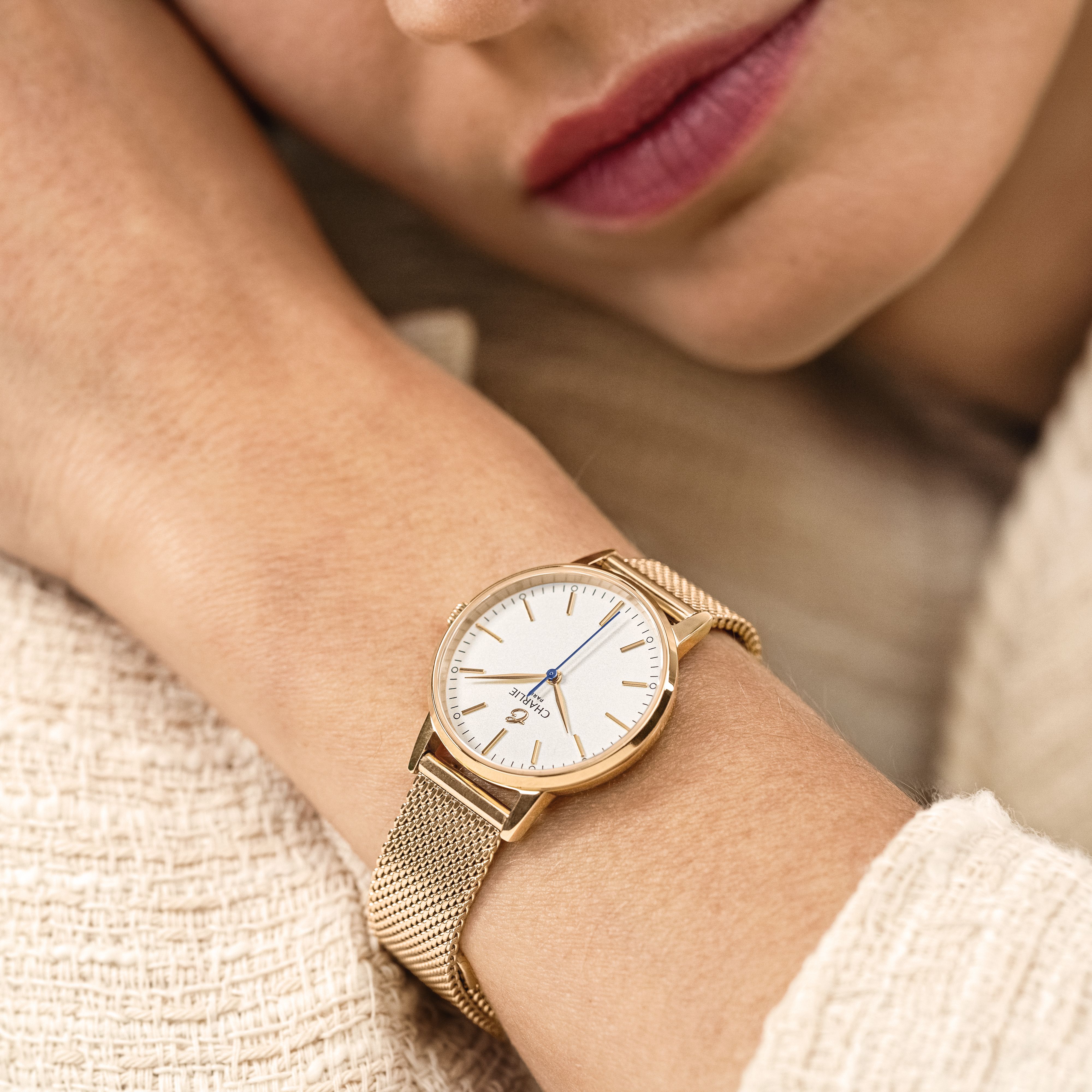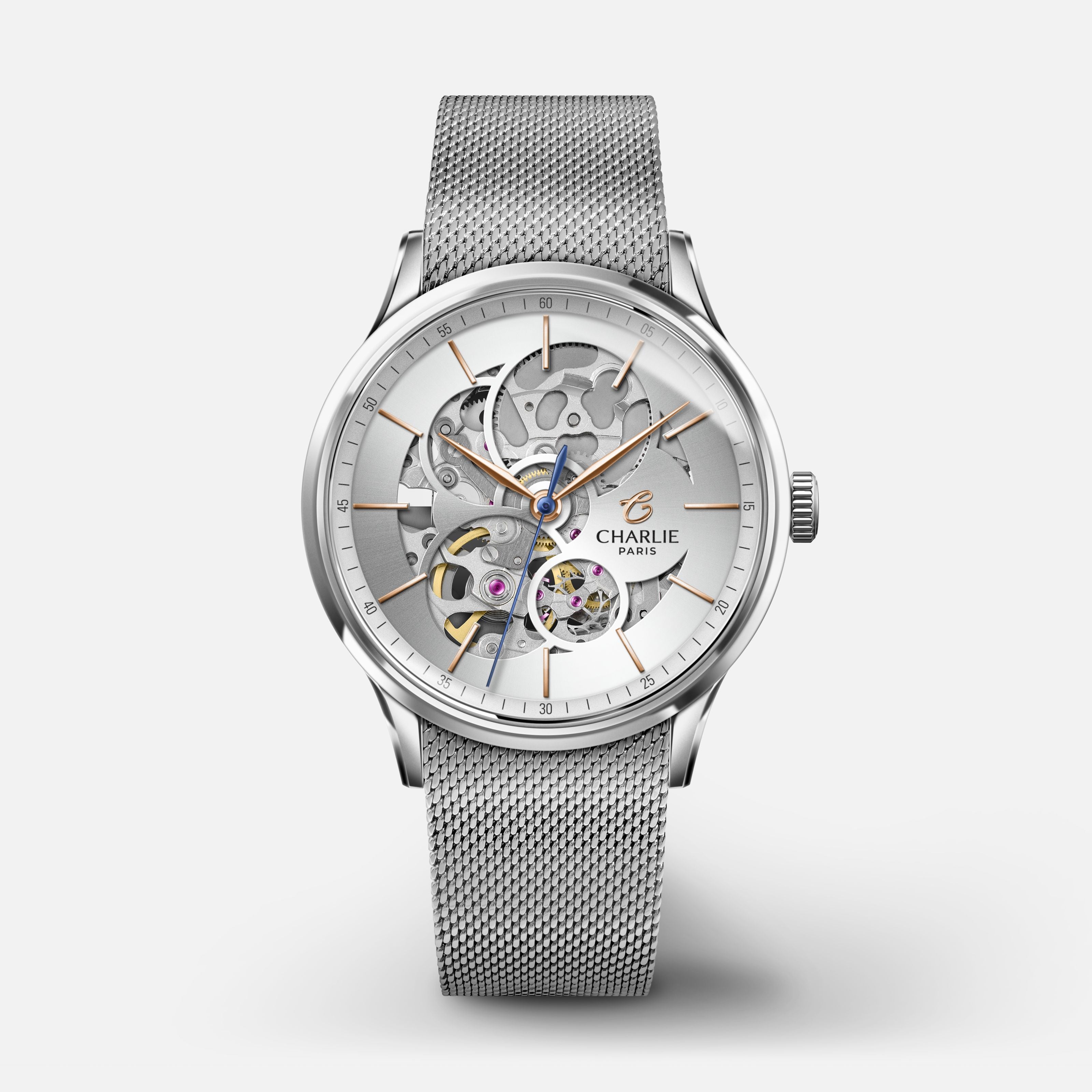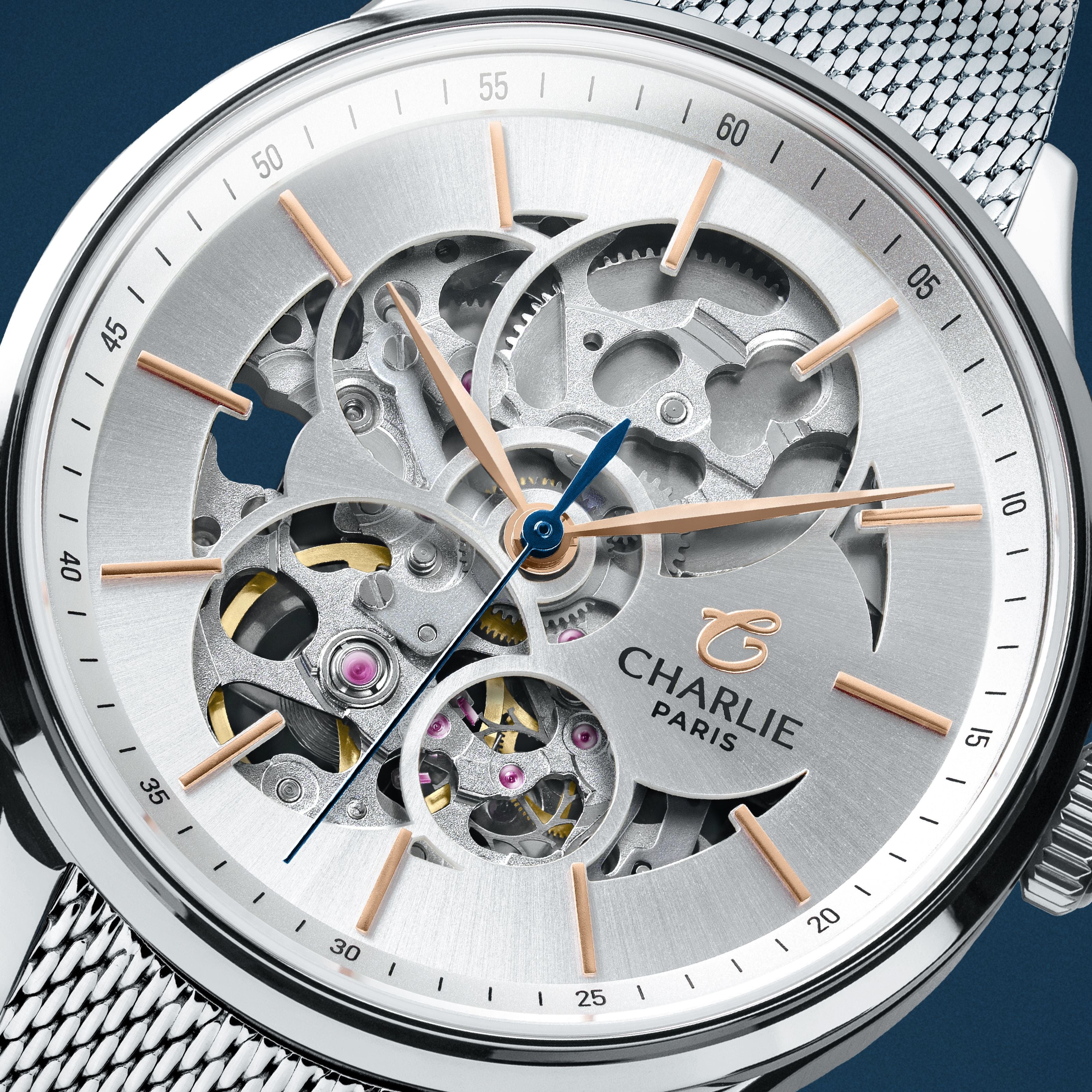Even if the main function of a watch is to tell the time, the aesthetics and the decoration of a watch are more and more important today. At a time when the watch is becoming more and more a jewel, decorative techniques are multiplying. There are many decorative techniques in watchmaking and they are mainly applied on the dial of the watch. Today Team Charlie Paris decided to introduce you to one of them: the guillochage.
What is a guilloche watch?
The guilloche is a decorative technique in watchmaking. This decoration can be applied to the dial and the watch case. The action of guilloché "consists in engraving by hand or by machine guilloche on metal". How to recognize a guilloché watch? If you see an engraving of crossed or intertwined lines or curves, called guilloches, it is most likely a guilloché watch. Indeed, this decorative technique consists of engraving straight lines or crossed or interlaced curves with a guilloche machine. This machine is composed of a crank and a chisel.
The guilloche watch, a very present decoration in watchmaking
Guilloché is recognized as a true art. A guilloché dial is a work of art in its own right and different steps must be followed to achieve a guilloché. First of all, the smooth dial disk is worked on with a chisel in order to trace the various zones that will accommodate, if necessary and depending on the model, complications such as time indications, power reserve, moon phase or the small second. The dial blank is then ready to receive the guillochage that will give it a matte surface that will delimit the zones with various designs. Beyond these steps, the decorations are varied and very elaborate.
Today, hand guilloché is a technique mastered by only a few major companies, and the machines used to produce it are no longer manufactured. The rare guilloche machines on sale are therefore extremely expensive. This decorative technique is also a production whose quantity is by nature limited because hand guilloché not only requires time to achieve but also requires a precious and rare know-how. These reasons explain why hand guilloché is reserved for exceptional watches and is mainly worked on by the great luxury houses or high-end watch brands. It is estimated that there are between 10 and 15 guillocheurs working in Europe.
The different types of guilloche in watchmaking
The most famous types of guilloches are the clou de Paris, the pavé de Paris, the sunbeam, the barley grains, the waves, the old basket, the checkerboard or the flamed decoration, etc. Team Charlie Paris, makes you discover the guilloche patterns most used in watchmaking:
- The clou de Paris is one of the most used guilloches in watchmaking, especially on classic watches, even if some sports models also use it. The clou de Paris in the form of a pyramidal nail head with small grooves between each nail is a type of guilloche mainly used on dials. On a dial decorated with this technique, there are several tens, even hundreds of small nails. This type of guillochage is often done with a machine.
- The barley grain guilloche is one of the most famous. It is a mixture of straight lines and curves similar to barley grains.
- The pavé de Paris is a classic and timeless type of guilloche. Very geometric, this symmetrical design is composed of straight lines and columns that intersect.
- The sunburst guilloche is also a timeless and as its name suggests, this engraving is circular in shape.
- The wave pattern guilloche is composed of curves that represent waves.
- The old basket guilloche is mostly composed of curves but also has straight lines. This classic decoration is very concentrated at the bottom and extends upwards.
The use of different patterns gives the model a good readability but also a unique character and design.
The guilloche watch, by Charlie Paris
As you can see, guilloche is a very well known decorative engraving technique in watchmaking. At Charlie Paris, we want to create elegant and high quality French watches at a fair price. The guilloche is a decorative technique renowned among the great luxury houses and we wanted to use it to work on the dial of our automatic watch model for women. Indeed, it is on our women's automatic watch the Initial 36 that we decided to propose a guilloche dial, both sophisticated and refined. Our model of automatic women's watch Initial 36 now offers a dial color champagne and a guilloche dial on a white background. If you want a feminine and luminous automatic watch, opt for our women's automatic watch with a white guilloche dial. If you prefer a dial with a color that matches the rose gold of your watch case, choose the Initial 36 with a champagne dial. In addition, our system of interchangeable straps allows you to personalize your women's watch at your convenience!
Read more
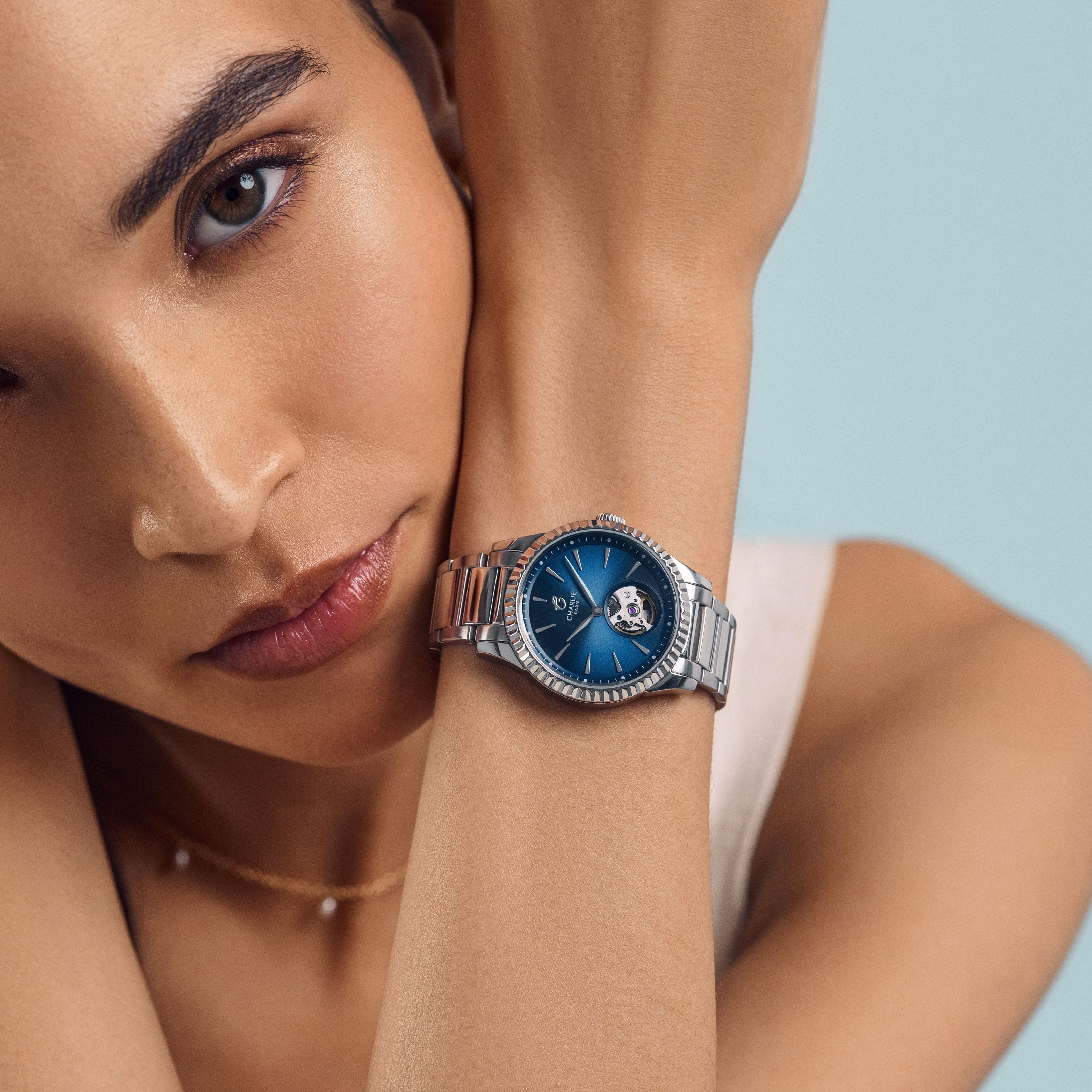
Many of you wear your Charlie Paris watch, but when the time change comes, you wonder once more how to set your watch on time. Don't worry, the Charlie Paris team is here to help you!
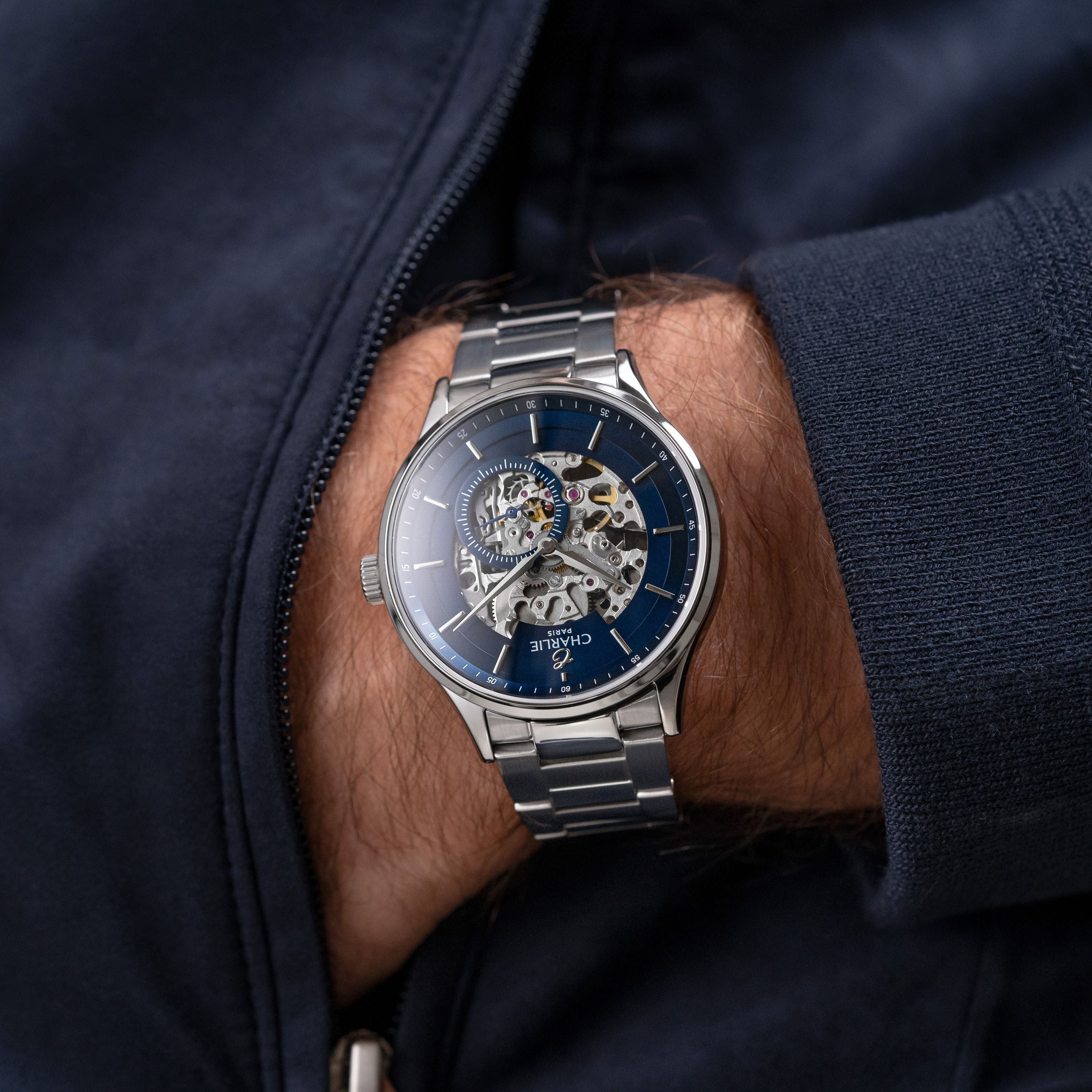
Many of you wear your Charlie on your wrist, but not just any wrist! Very often the left one. There are various explanations for this, but just for you, we have chosen three.


